Püsililled on meie aias olemas olnud kogu aeg. Paar aastat tagasi tekitasin endale küll ka veidi suurema püsikupeenra, aga siin-seal okkaliste ümbrust ja muid servi kaunistamas on nad meil olnud kogu aeg. Sellesse postitusse koondangi need tegelased, kes on jupikaupa mööda aeda laiali istutatud eesmärgiga anda värvi üksluisematesse paikadesse.
Kõige rohkem oli meie aias enne meid flokse, kuigi miskipärast olid nad kõik ainult ühte värvi: imeilusad roosad. Ajapikku on rohevahetuse käigus neid juurde tulnud, mõned olen ka ekstra ostnud. Meie aias neile meeldib, kuigi viimaste kuivade suvedega on neid veidi hakanud kimbutama jahukaste.
Perennial flowers have always been in our garden. A few years ago I created a slightly larger perennials bed, but here and there we have them decorating the area around the conifers and other edges all the time. In this post, I will gather those characters that are planted to the garden with the aim of adding color to the drab places.
Our garden had before us the most phloxes, although for some reason they were all only one color: gorgeous pink. Over time, during the green change, more of them have come, I have also bought some extra. They like it in our garden, although with the last few dry summers they have started to suffer a little from powdery mildew.
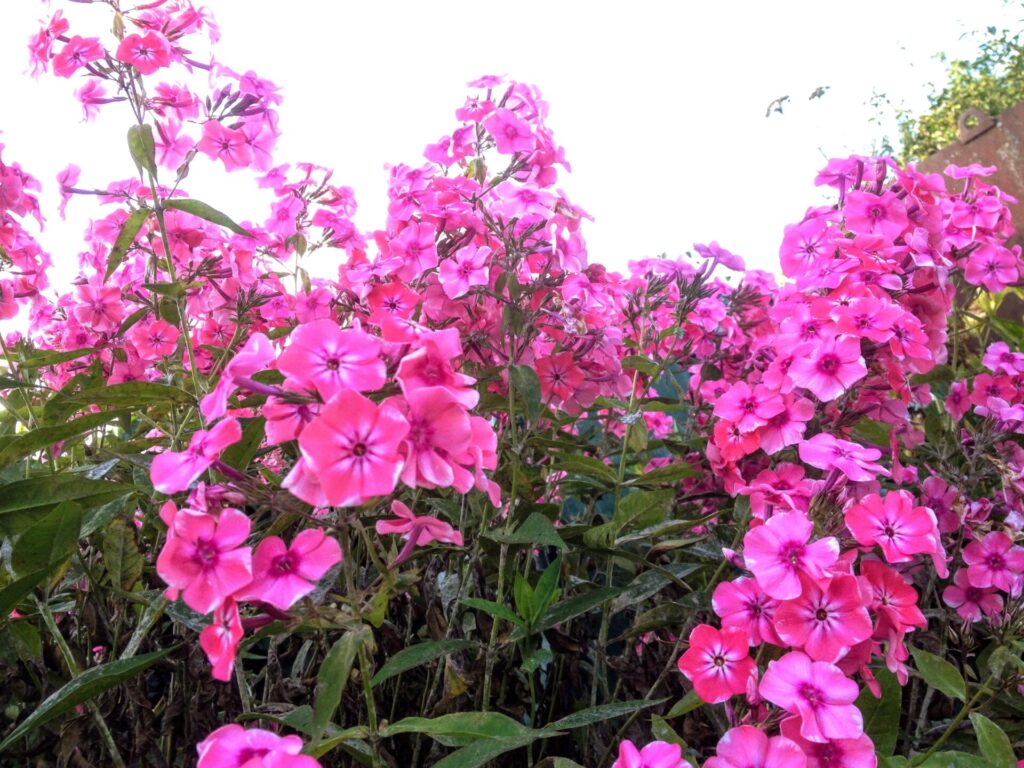
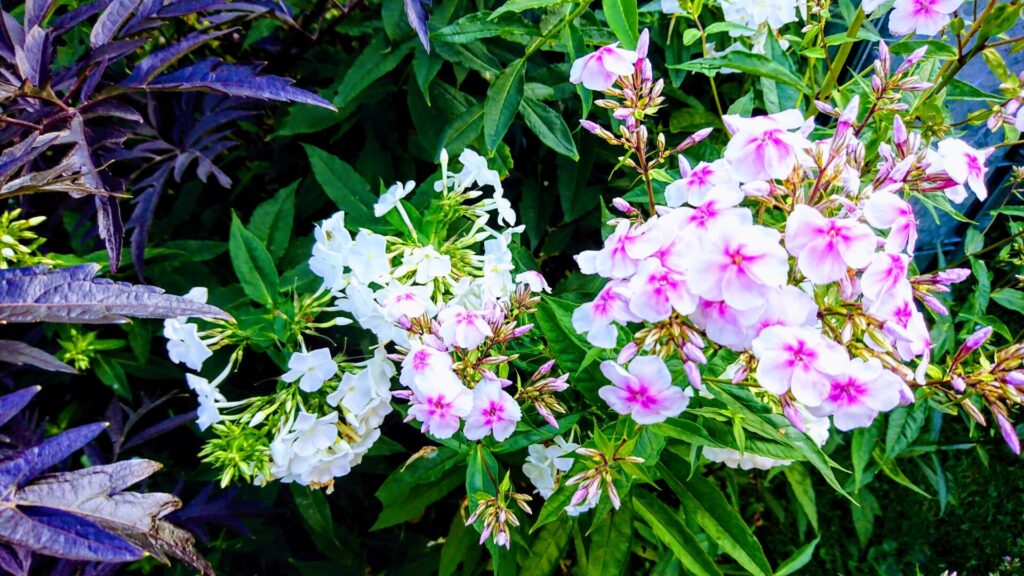


Järgnevatel piltidel on minu esimene ostetud floks (2014), kes on ka nimepidi tutvustatav: Adessa Orange. Erinevas valguses erinevat värvi.
The following pictures show my first purchased phlox (2014), which can also be introduced by name: Adessa Orange. Different colors in different light.
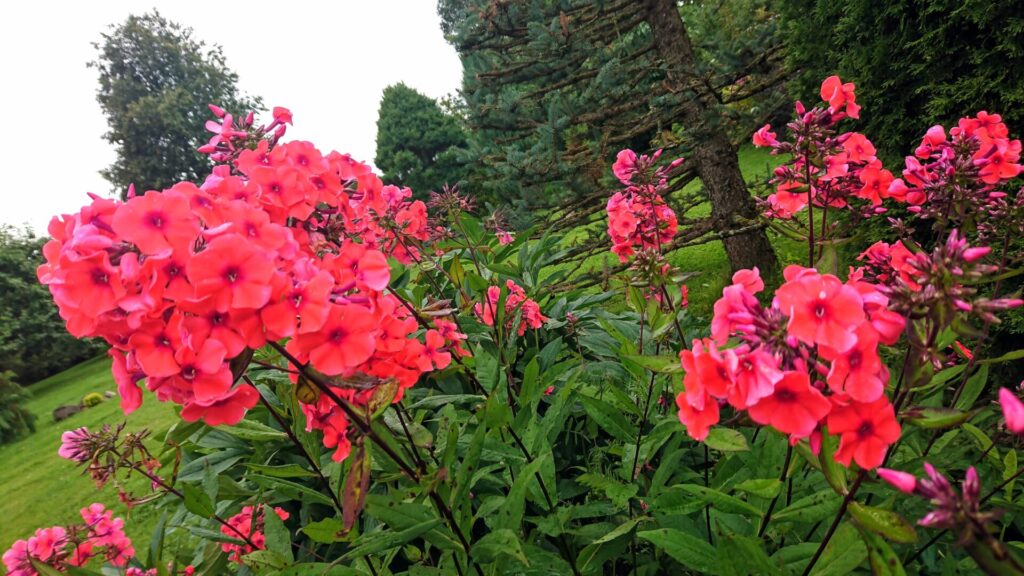
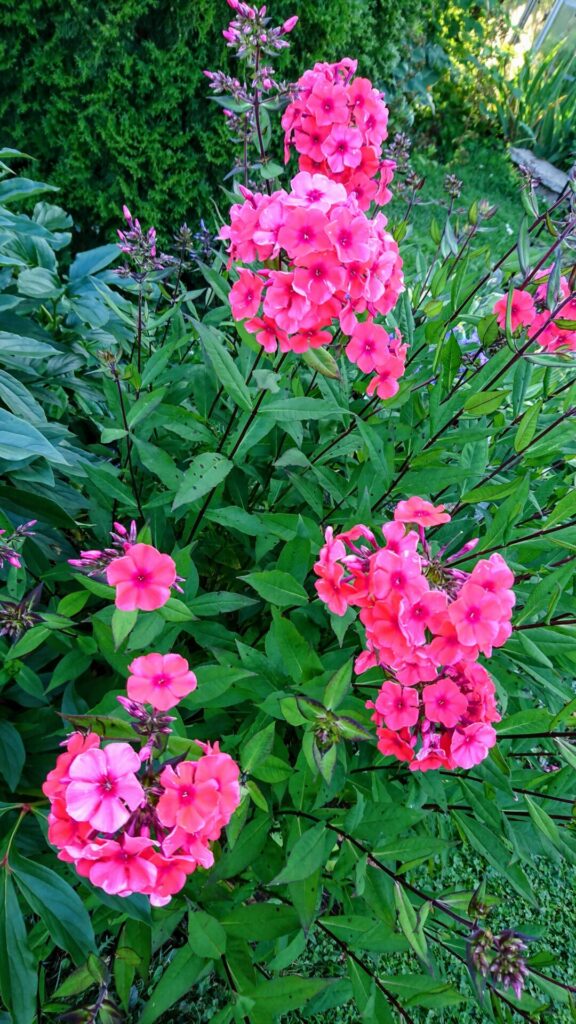

Viimasel pildil on Adessa Orange kõrval näha ka 2021 ostetud lillakas floks Blue Paradise, kes õhtuvalguses on tõesti sinine.
In the last picture, next to Adessa Orange, you can also see the purple phlox Blue Paradise bought in 2021, which is really blue in the evening light.
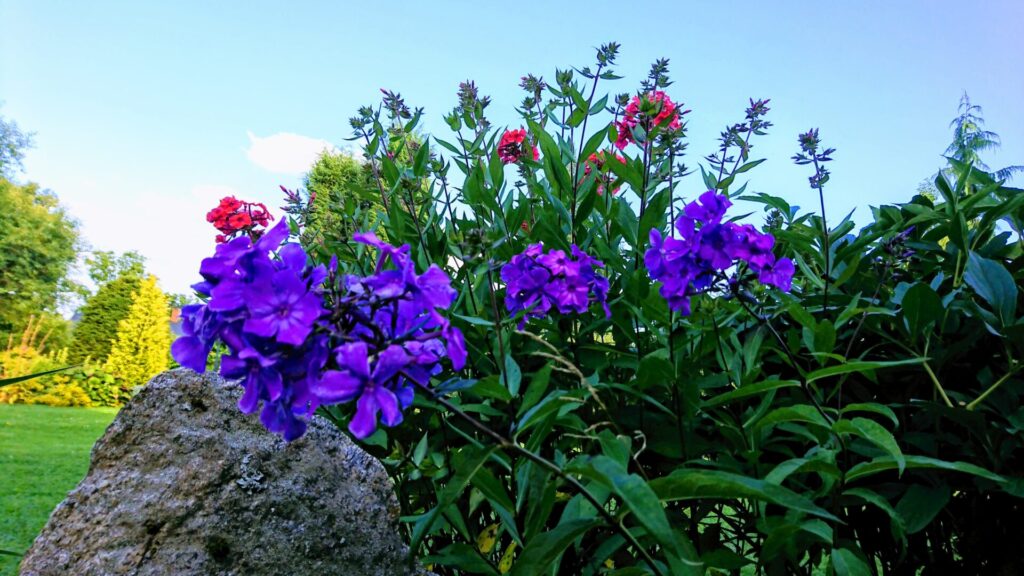
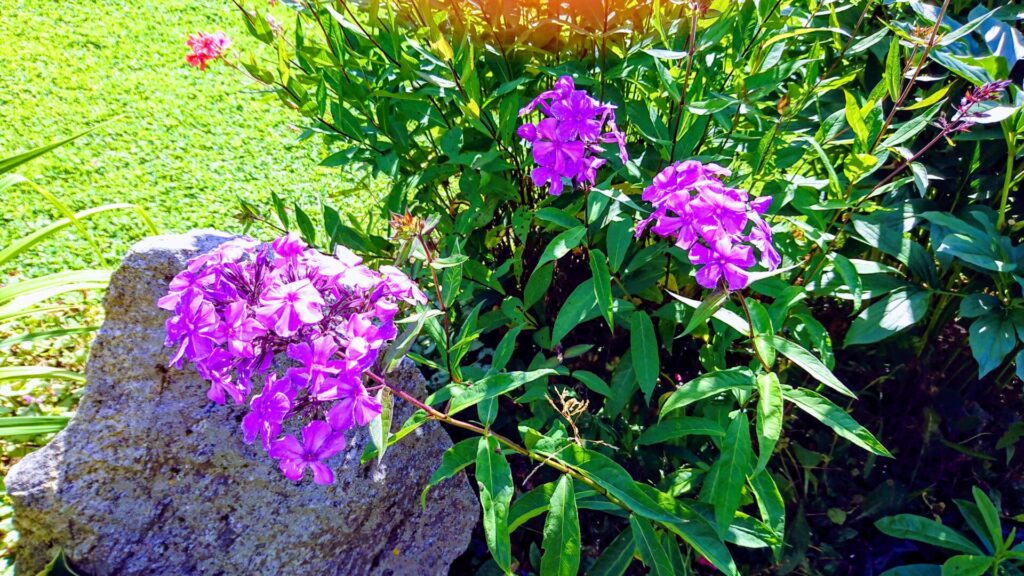


2021 said ostetud ka järgnevad floksid, kellest Flame Marine on samuti üks mu vaieldamatu lemmik oma helesinise värvi poolest.
In 2021, the following phlox were also bought, of which Flame Marine is also one of my undisputed favorites due to its light blue color.
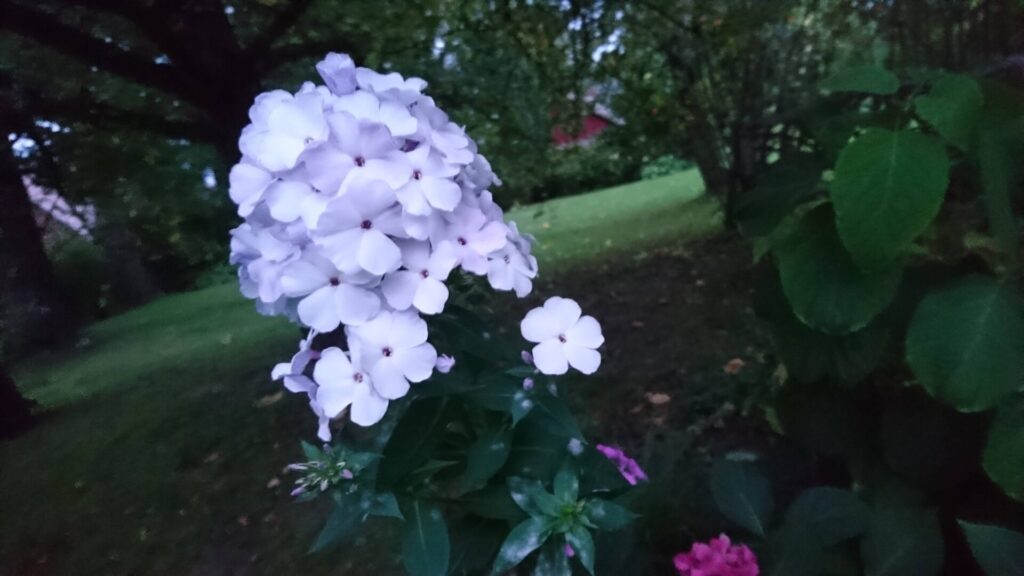
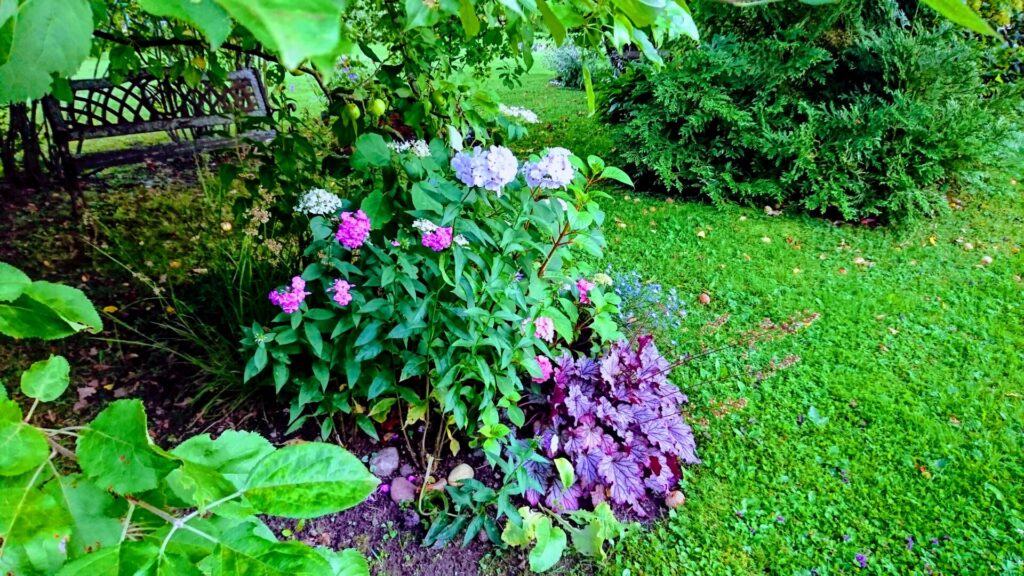
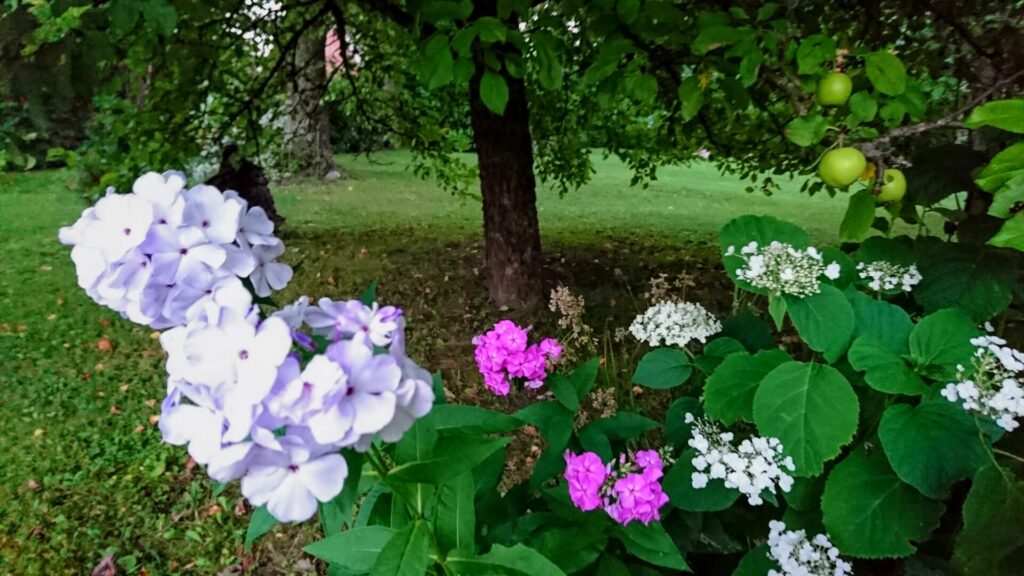
Tumedam punakaslilla Flame Purple pole kahjuks pildile jäänud, sest oli oma oodatust madalama kasvu tõttu sunnitud püsikupeenrast teiste varjust valgemasse kohta kolima. Peaks olema Flame PRO Lilacist viis sentimeetrit madalam, aga üle 30 cm senises kasvukohas välja ei vedanud.
Kõige kõrgem mu floksidest on 2020 rohevahetuse käigus saadud keset püsikupeenart trooniv helelilla floks, kes sel suvel viskas kõrgust 170 cm. Ühesõnaga, kasvas mul üle pea. Ilus ja hakkaja tegelane.
The darker reddish-purple Flame Purple is unfortunately not included in the picture, because it was forced to move from the perennials bed to a whiter place than the others due to its lower than expected growth. It should be five centimeters lower than Flame PRO Lilac, but over 30 cm did not grow in the current growing area.
The tallest of my phloxes is the light purple phlox that I got in the middle of the perennials bed during the green change 2020, and this summer it reached a height of 170 cm. In short, it grew over my head. A beautiful and budding character.
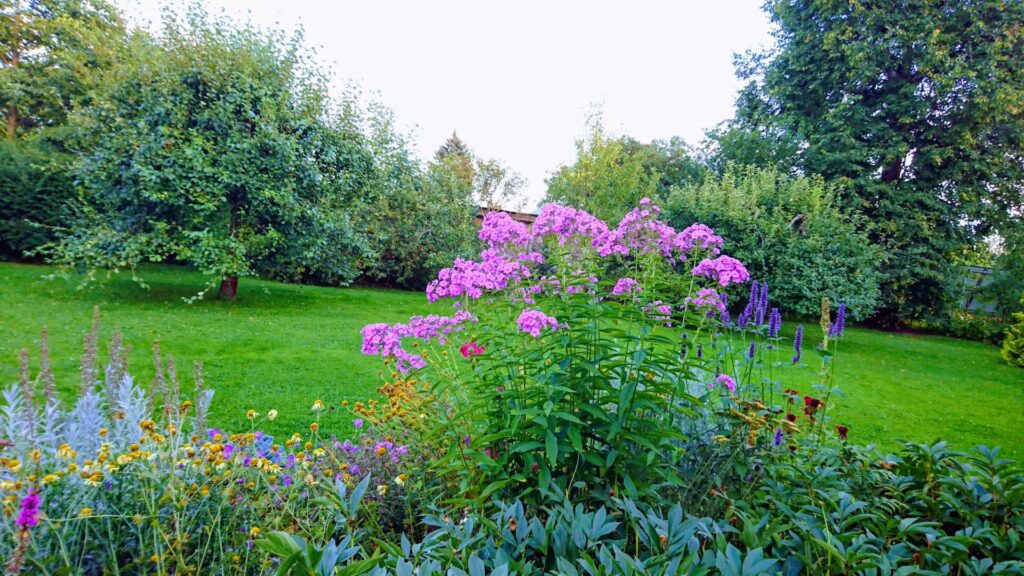
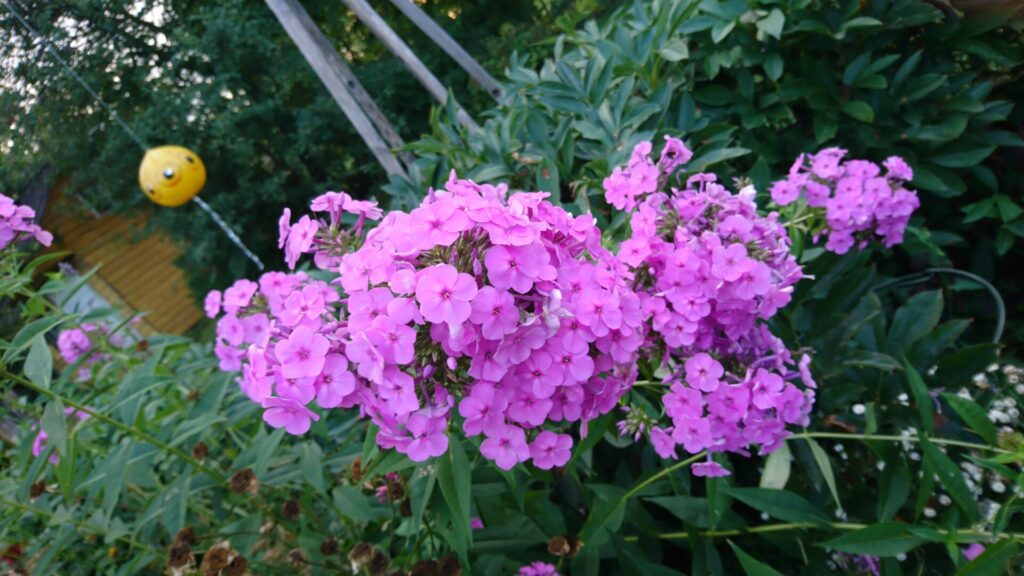
Nagu floksidki, saavad ka päevaliiliad ilma suurema hoolduseta hakkama. Algselt aianurgast leitud tavalise päevaliilia nirust taimekesest sai paari aastaga tohutu puhmas, mida rõõmuga erinevatesse kohtadesse laiali istutasin. Kuna talle aga siin väga meeldis, ei jõudnud me enam tema kasvu piirata ja enamikus kohtades on ta vahetunud vähem agarate taimede vastu. Ülejäänud päevaliiliad on jõudnud meie aeda rohevahetuse käigus, nii et kahjuks ei suuda ma neid nimepidi tuvastada. Ka osa uusi tulijaid on aja jooksul liigse vohamise tõttu suurematesse aedadesse kolinud.
Like phloxes, daylilies can do without much maintenance. The small plant of an ordinary daylily, originally found in the corner of the garden, became a huge bush in a couple of years, which I happily planted in different places. However, because he liked it here so much, we could no longer limit his growth, and in most places he has been replaced by less agile plants. The rest of the daylilies have arrived in our garden during the green change, so unfortunately I can’t identify them by name. Some of the new arrivals have also moved to larger gardens due to excessive growth over time.
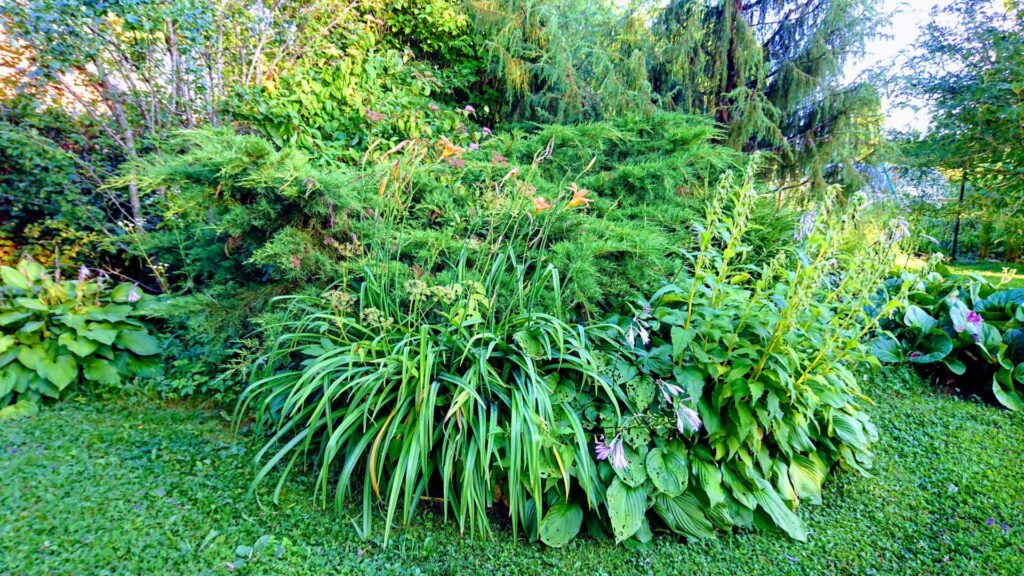

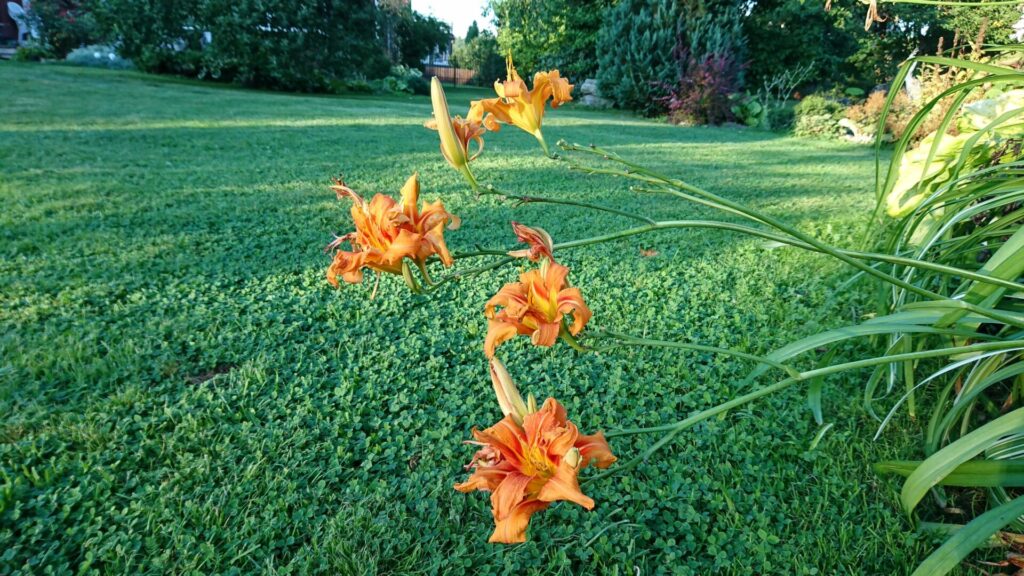
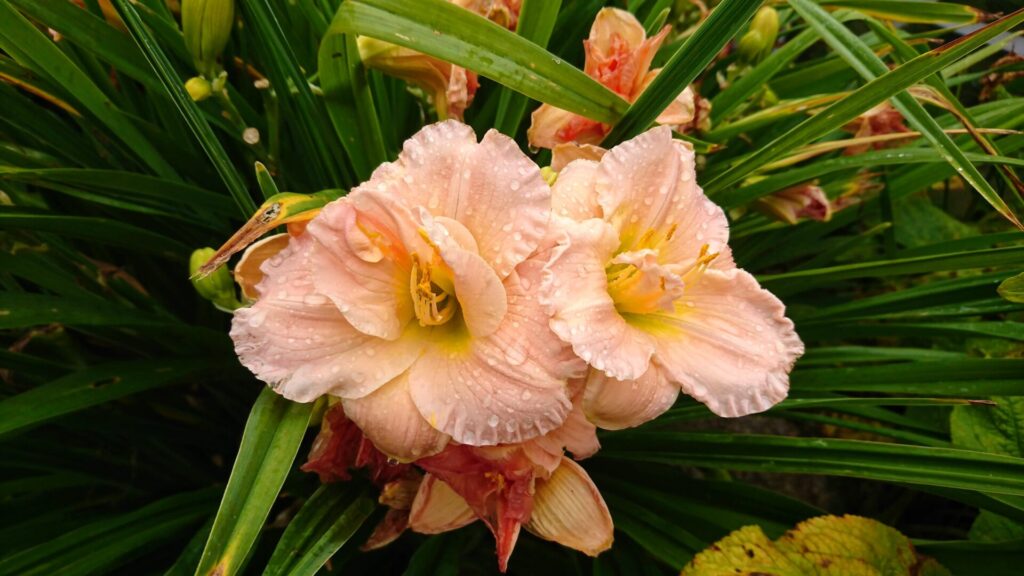
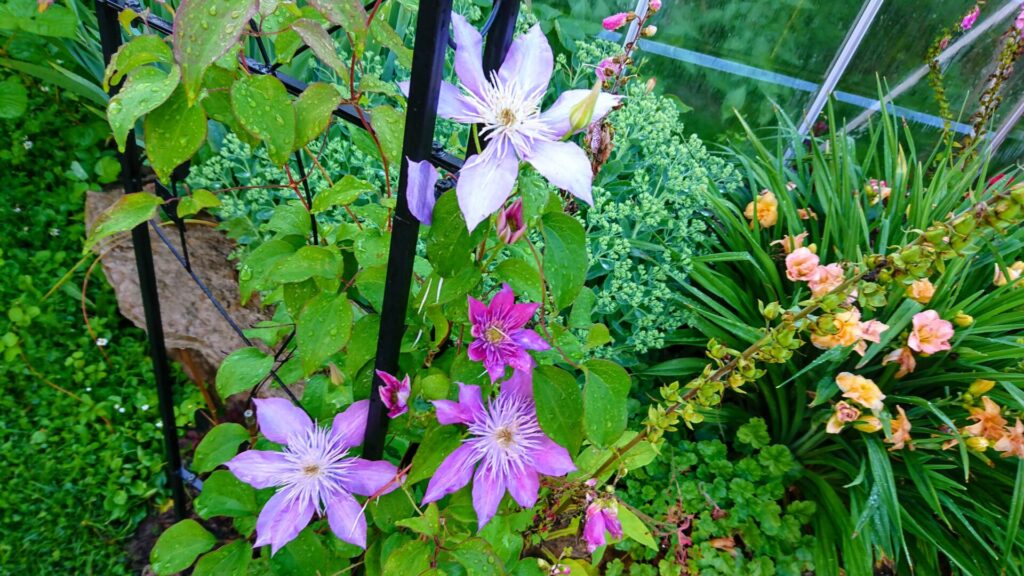
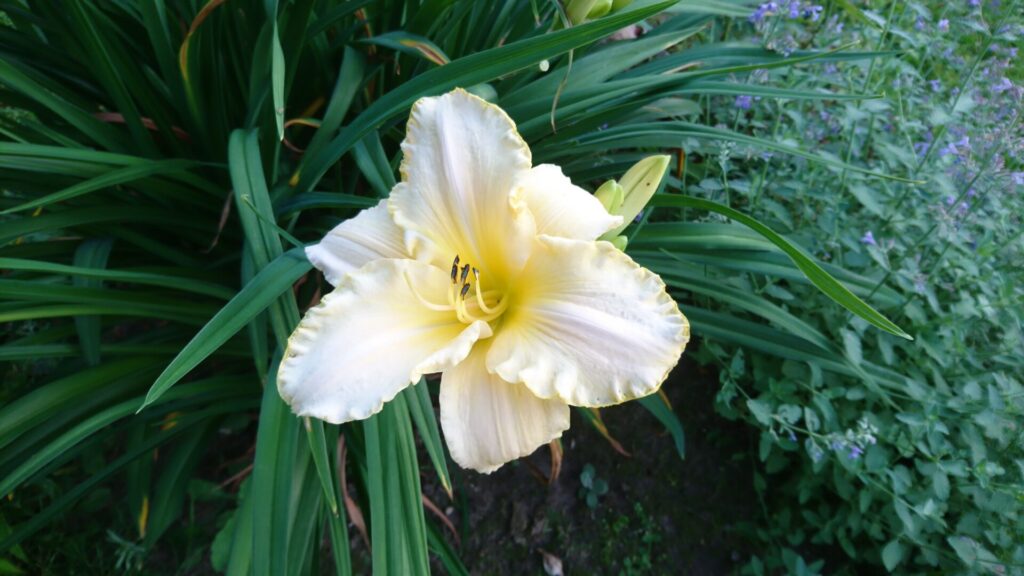
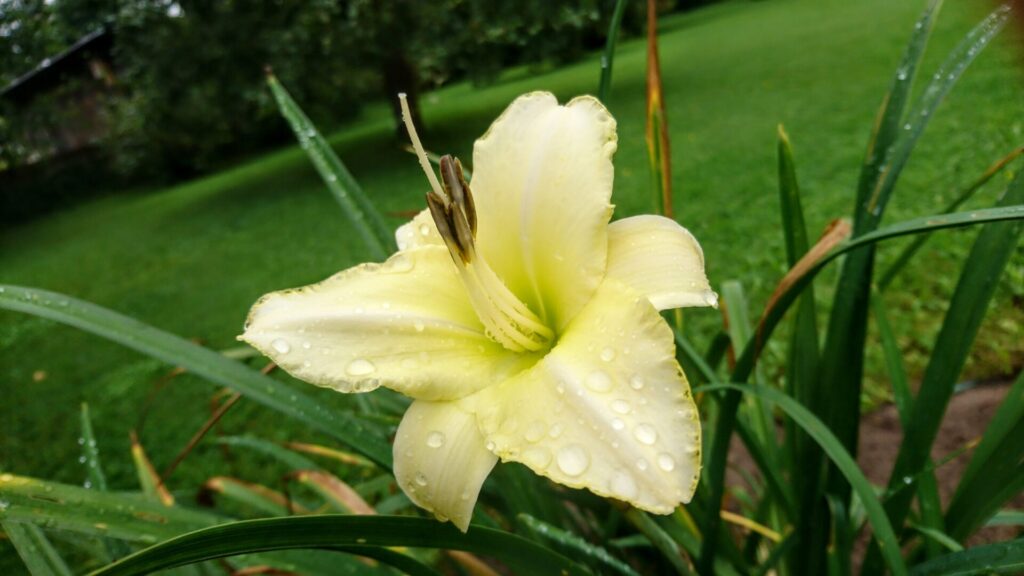

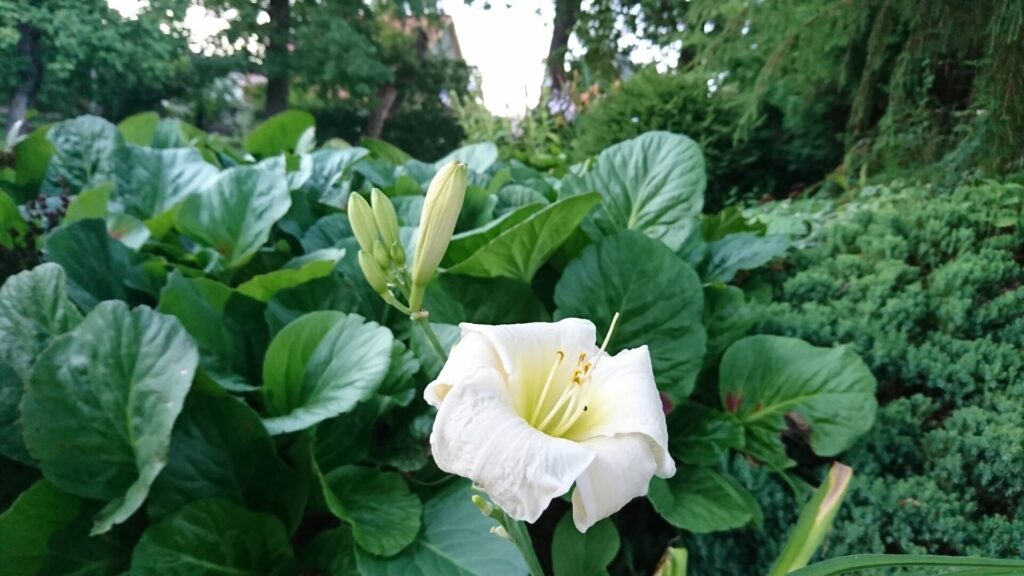

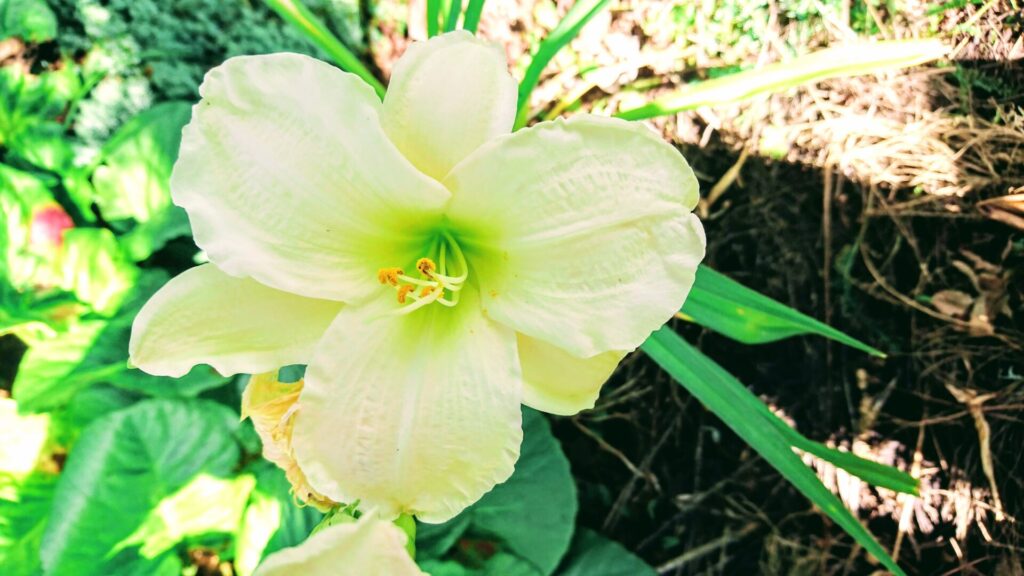
Viimasel kolmel pildil on üks ja seesama taim. White Temptation, Gentle Shepherd, Joan Senior?
The last three pictures show the same plant. White Temptation, Gentle Shepherd, Joan Senior?
Ja siis muidugi pojengid. Aiaga kaasa saime varase punase pojengi ja roosa, valge ja hilise punase pojengi.
And then, of course, peonies. We got early red peony and pink, white and late red peony with the garden.
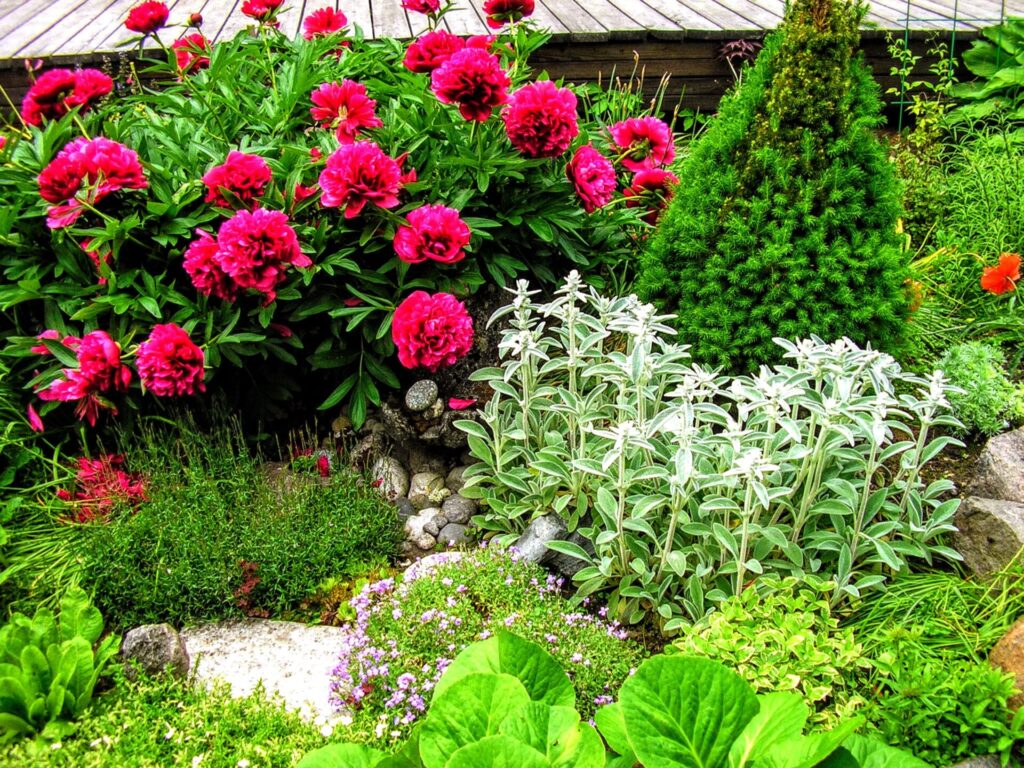
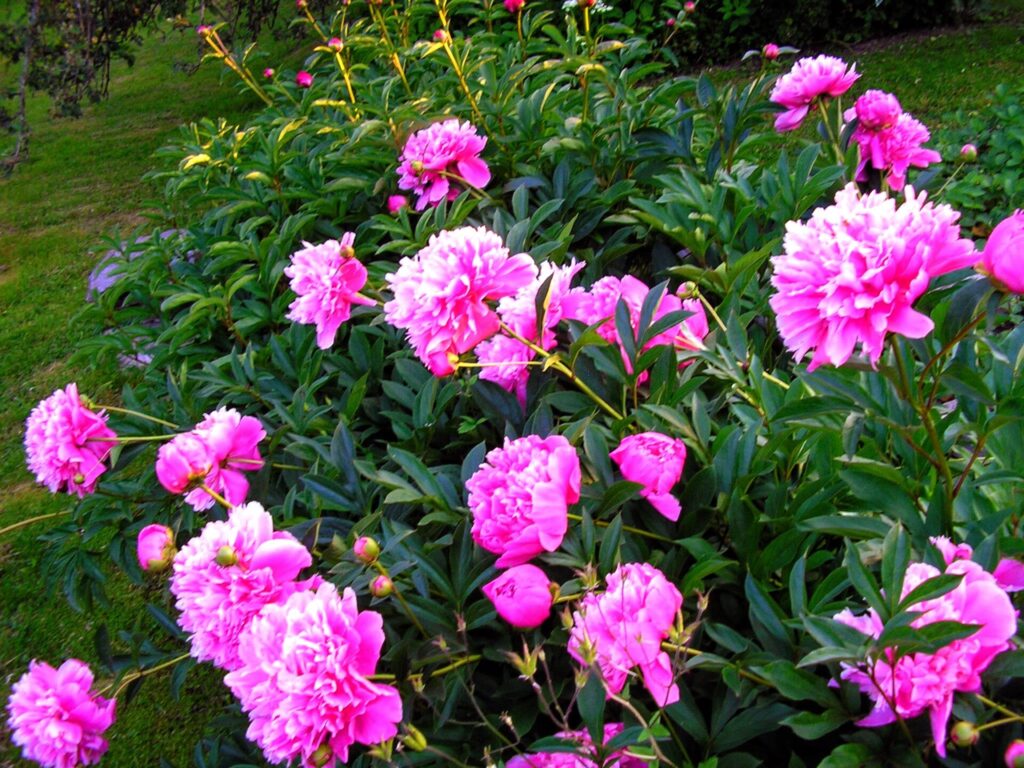
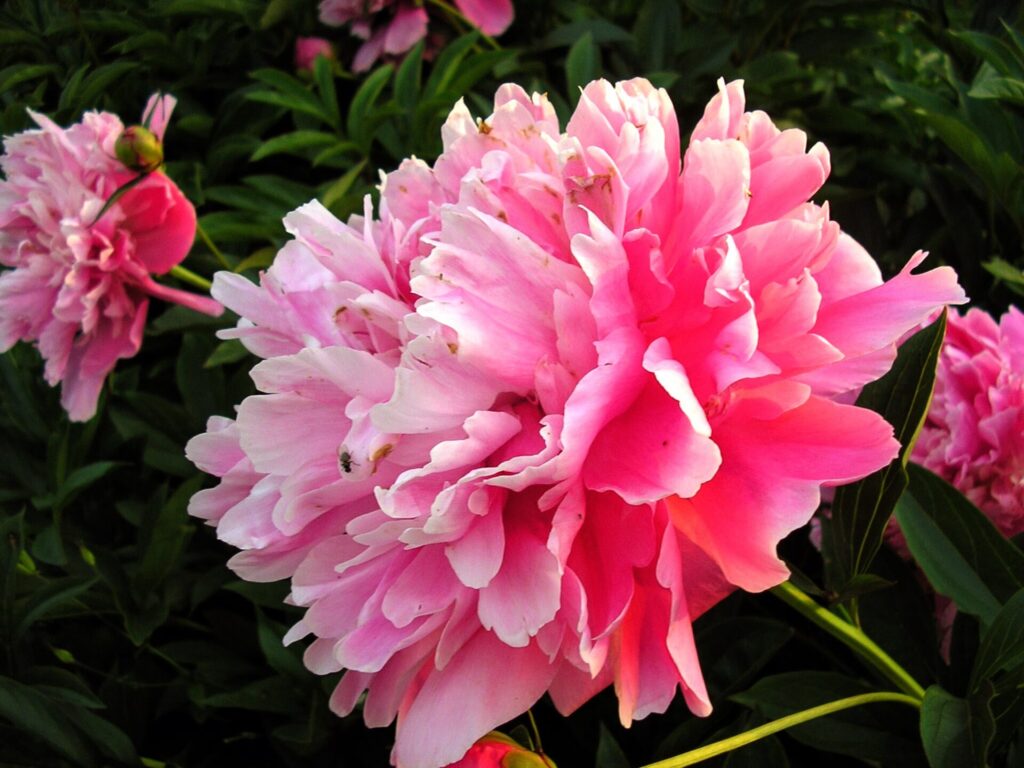
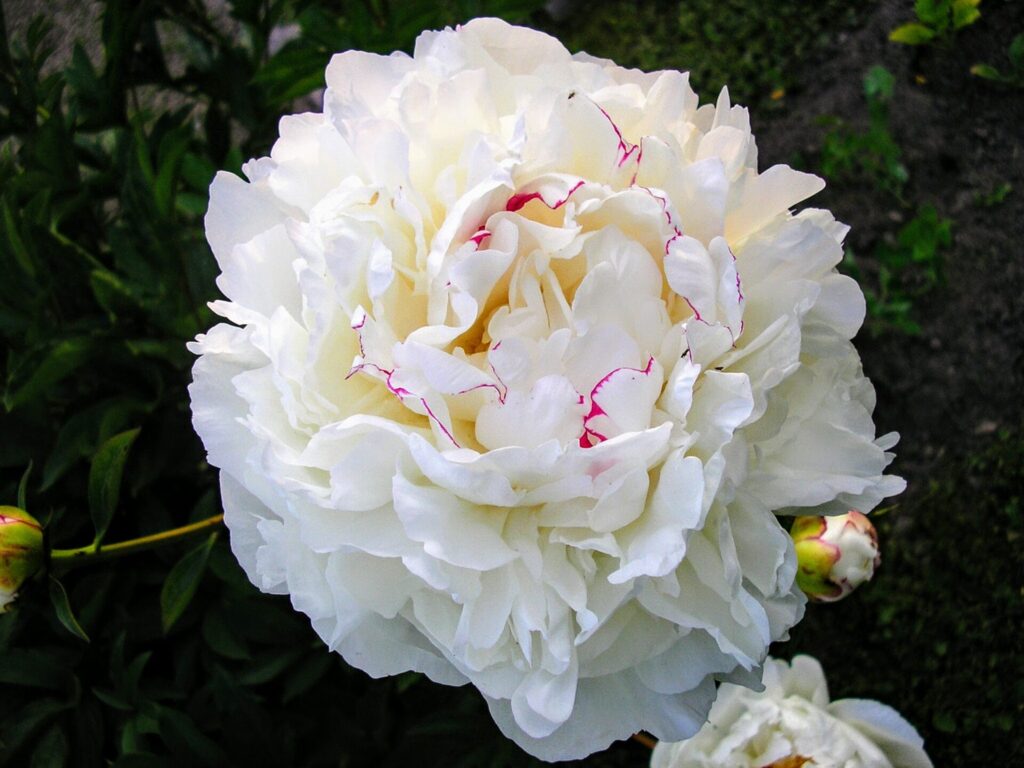
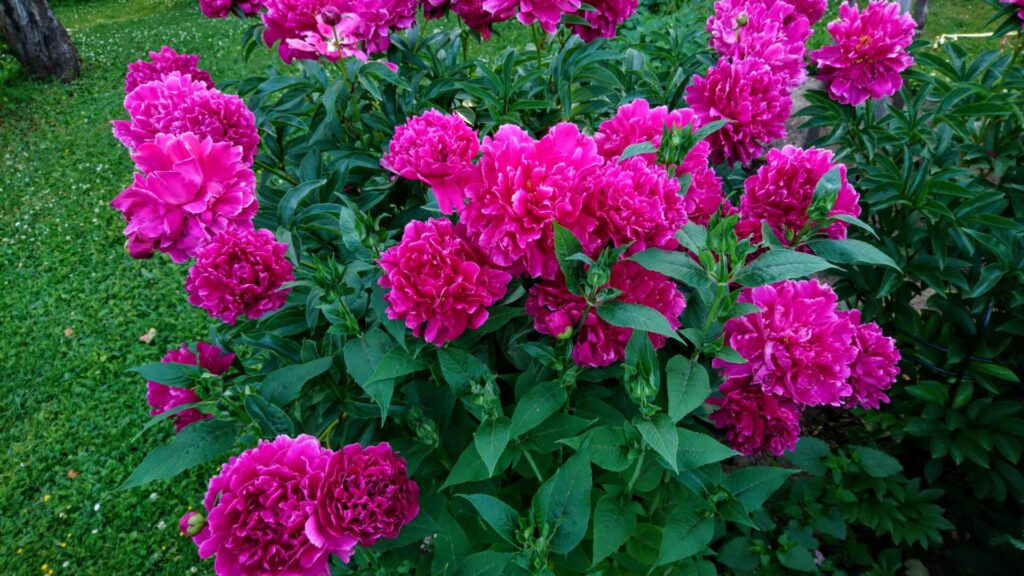
Rohevahetuse käigus saime imeilusa heleroosa pojengi:
During the green change, we got a beautiful light pink peony:
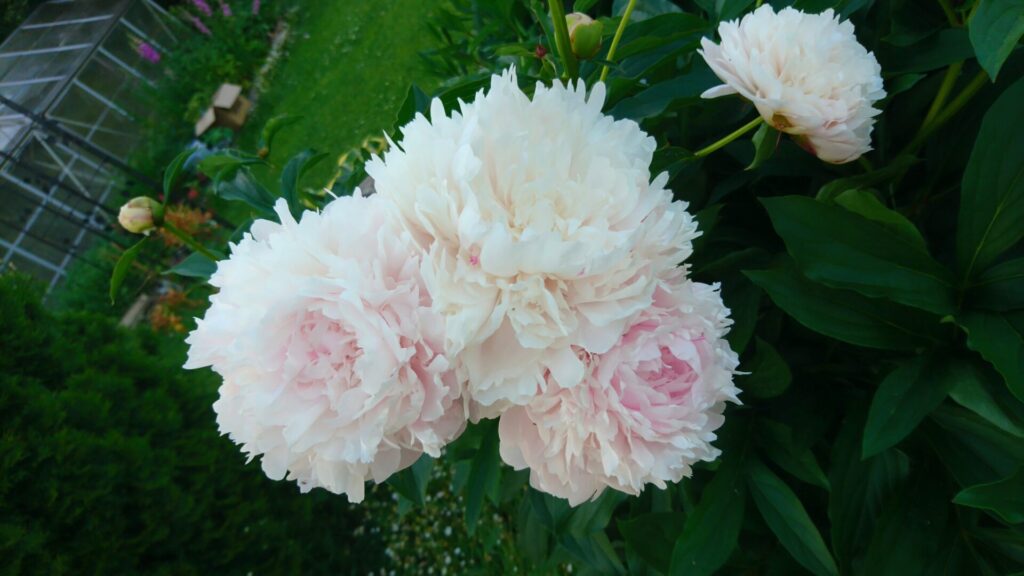
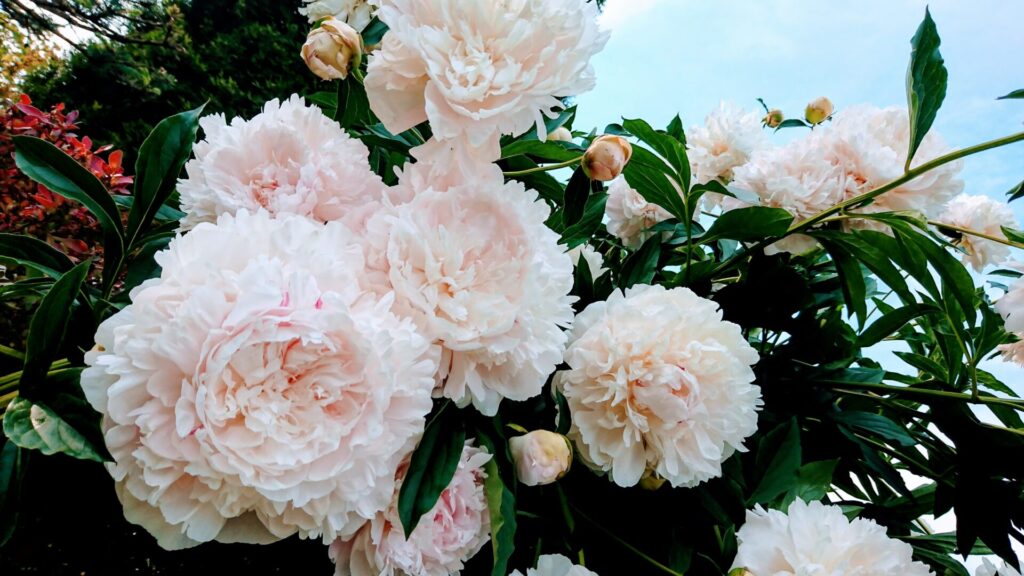
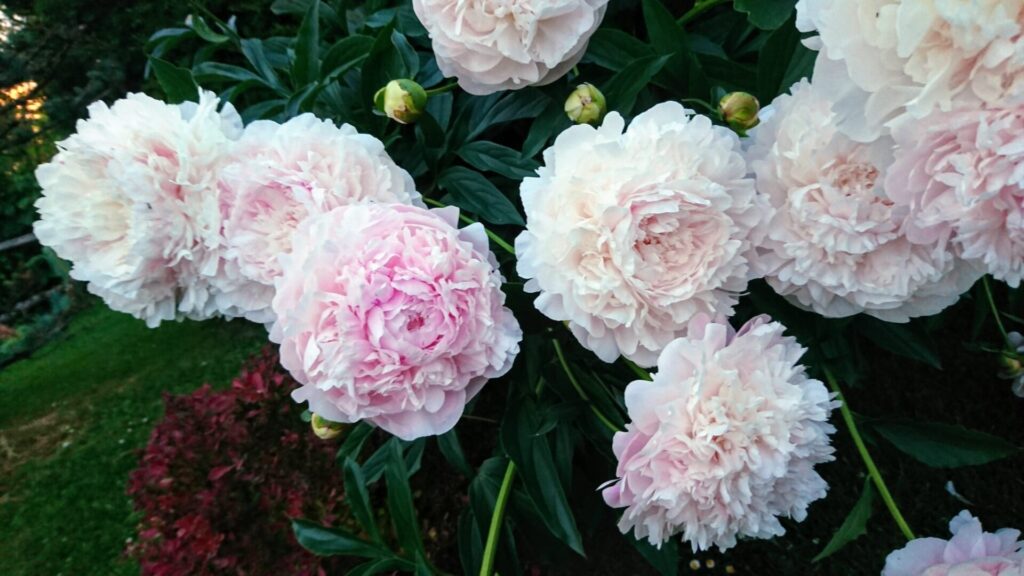


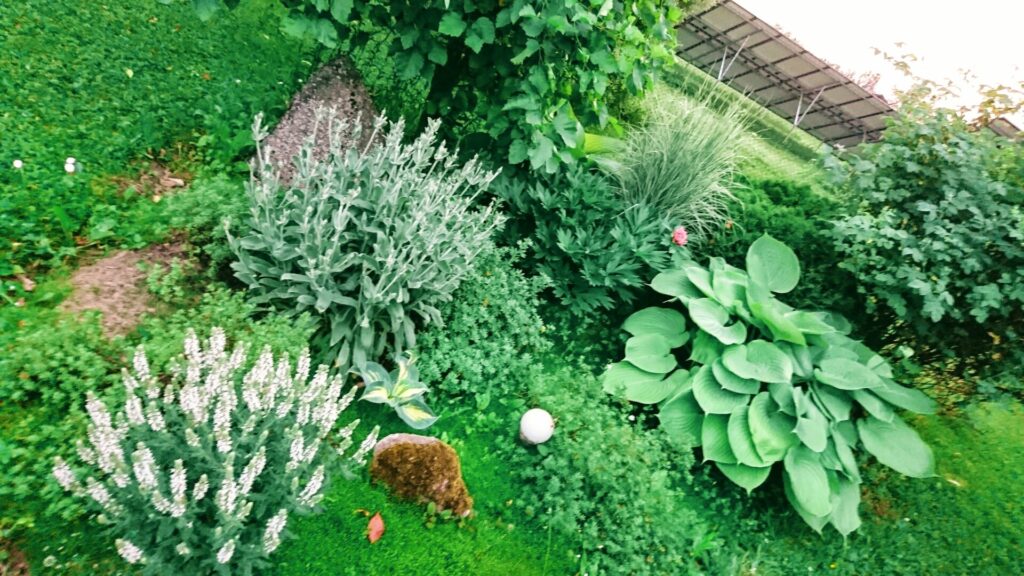
Viimasel pildil on esiplaanil valge metssalvei Salute White (2021). Samal aastal on ostetud ka siniste õitega metssalvei Blue Hills, kes istub hetkel musta leedri varjus ja kellele peab parema koha leidma.
In the last picture, the white Salvia nemorosa Salute White (2021) is in the foreground. In the same year, Salvia nemorosa Blue Hills with blue flowers was also bought, which is currently sitting in the shade of a black elder and needs to find a better place for it.
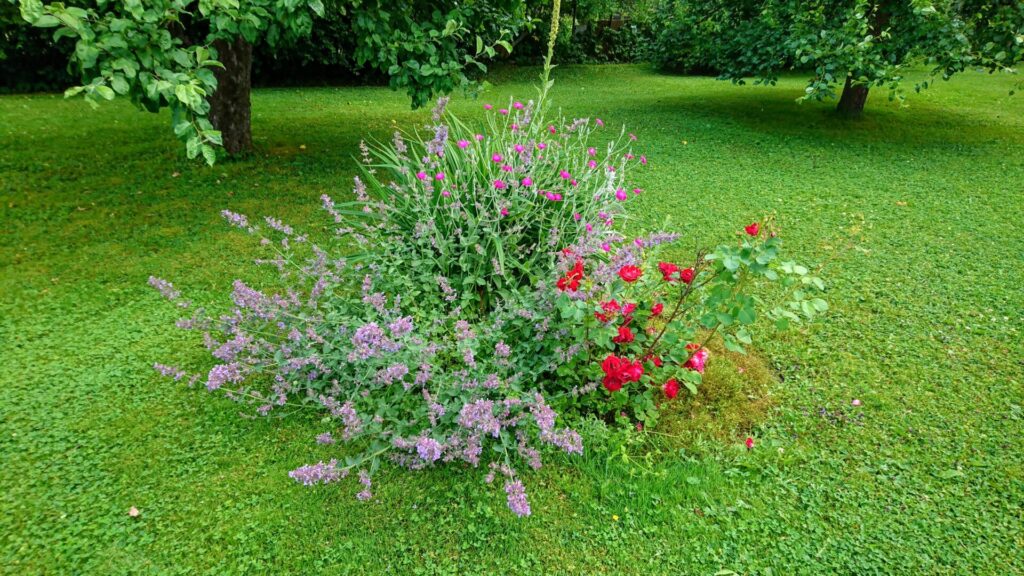
Faasseni naistenõges Six Hills Giant (2021) on üks kiirekasvuline ja väga tänuväärne taim, katab kenasti pinda ja on rahul nii mullastiku kui kliimaga.
Catmint Six Hills Giant (2021) is a fast-growing and very rewarding plant, it covers the surface nicely and is satisfied with both the soil and the climate.
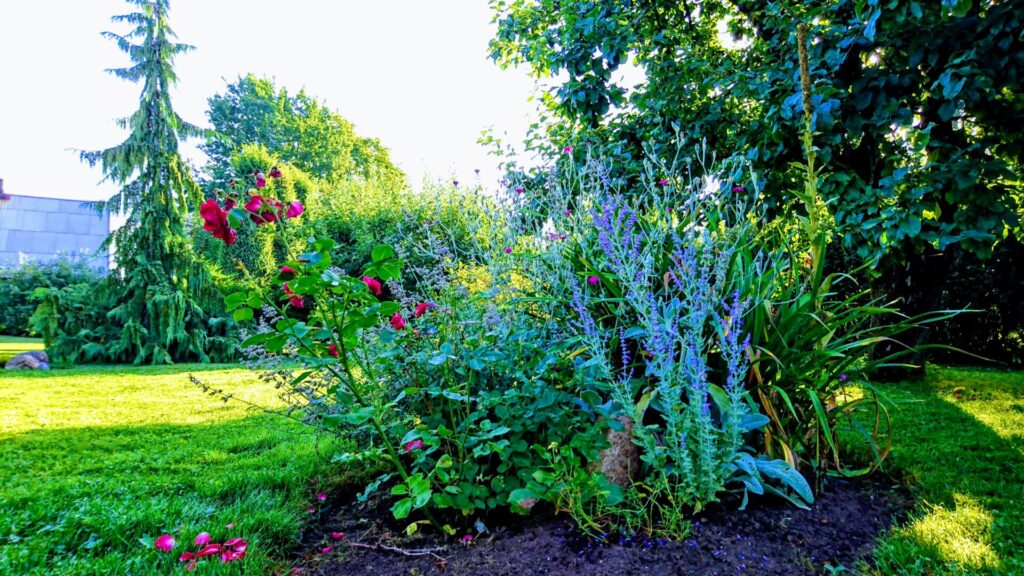

Lisaks eelpoolnimetatutele saavad meie aias vägagi iseseisvalt hakkama digitaalised. Valged asustasid aeda juba enne meid, roosad tõime aeda rohevahetuse käigus mõned aastad tagasi.
In addition to the aforementioned, digitalis can manage very independently in our garden. The whites inhabited the garden before us, we brought the pinks to the garden during the green change a few years ago.
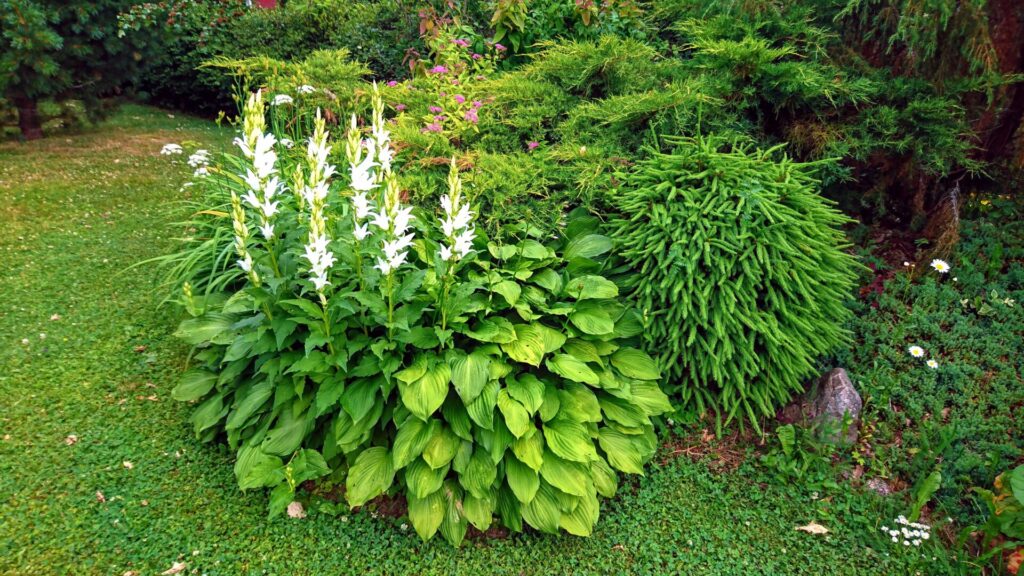
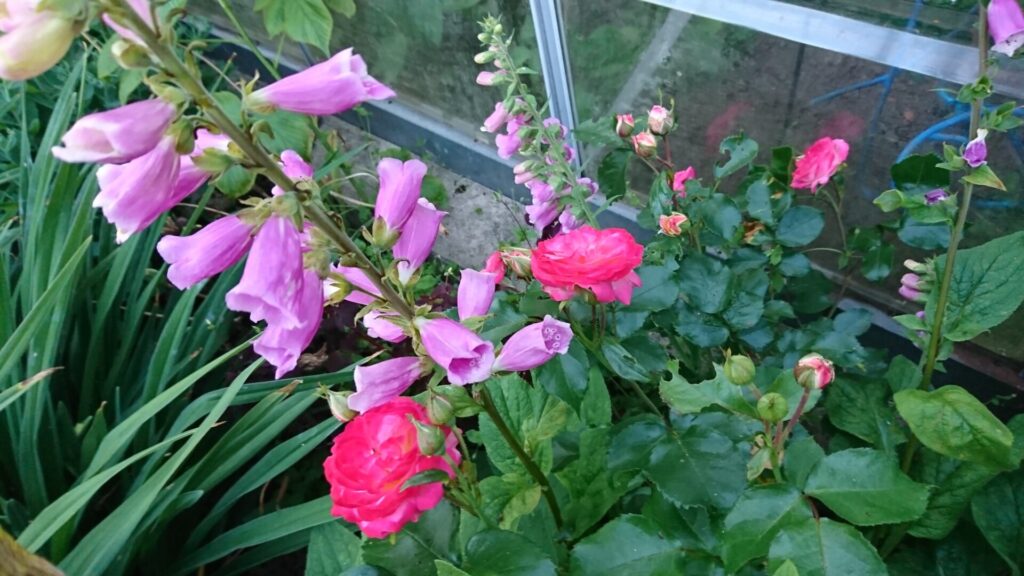
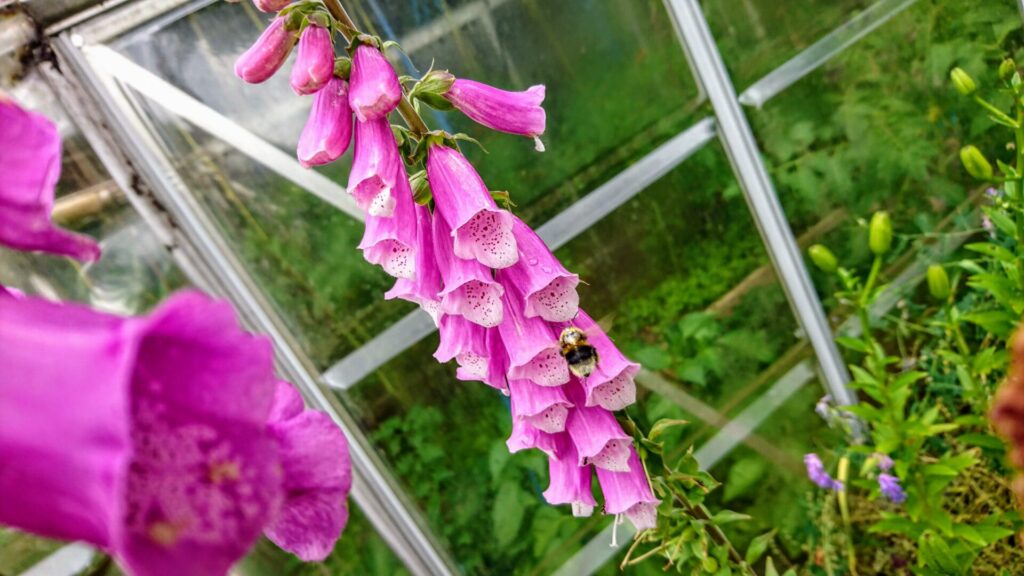
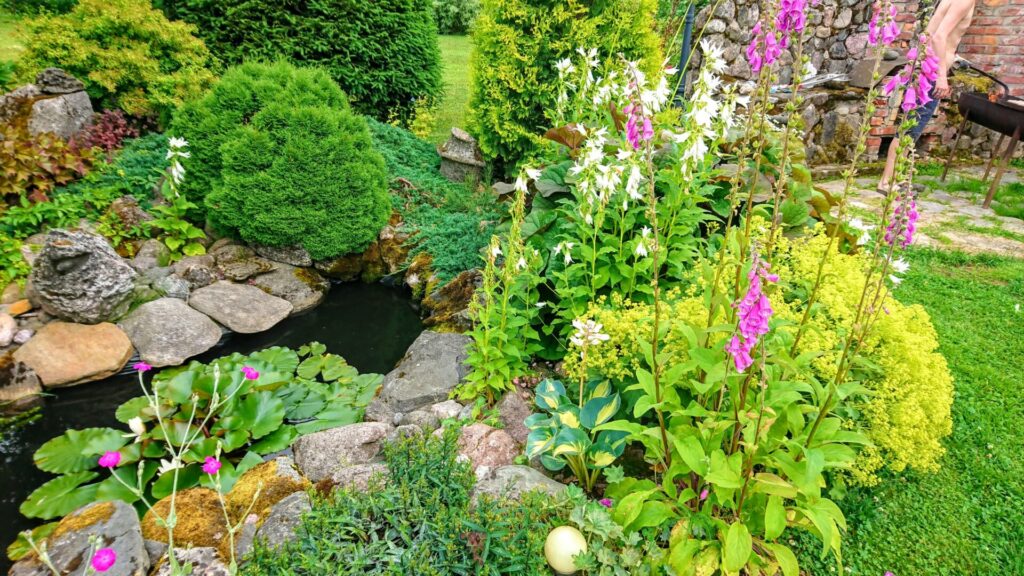
Lisaks püsikupeenrale asub hulk püsikuid kasvuhoone ees peenras. Sinna lähedale tekitasin 2021 minipeenra ka kukeharjadele. Kasvuhoone esine peenar on päikeseline ja soe ja seal kipuvad millegipärast kõik taimed liigselt vohama. Mulle iirised näiteks väga meeldivad, aga liigse laienemise tõttu olin sunnitud enamiku neist ruumikamasse koju andma. Ka sel kevadel pean ilmselt seal jälle tugeva piiramise tegema, sest kõik seal asuvad iirised, kukeharjad, päevaliilia, monarda ja isegi kollased liiliad on möödunud suvega tublisti laienenud ja päevakübarad ja digitaalised tublisti isekülvi andnud.
In addition to the perennial bed, a number of perennials are located in the bed in front of the greenhouse. I also created 2021 mini-bed for sedums near there. The bed in front of the greenhouse is sunny and warm, and for some reason all plants tend to overgrow there. For example, I really like irises, but due to excessive expansion, I was forced to give most of them to a more spacious home. Also this spring I will probably have to make a strong restriction there again, because all the irises, sedum, daylily, monarda and even yellow lilies there have expanded a lot since last summer and the daylilies and digitalis have self-sown a lot.
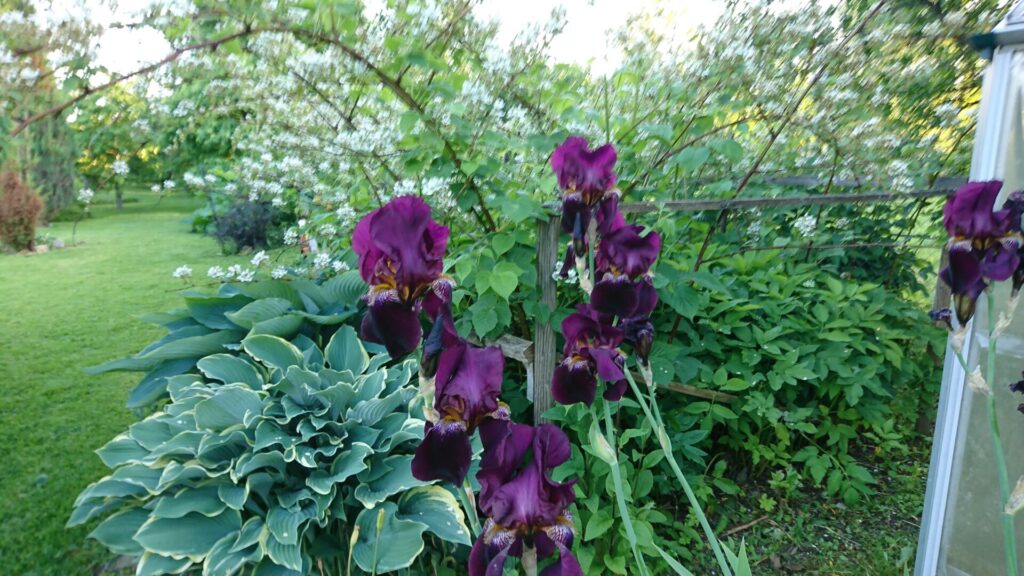

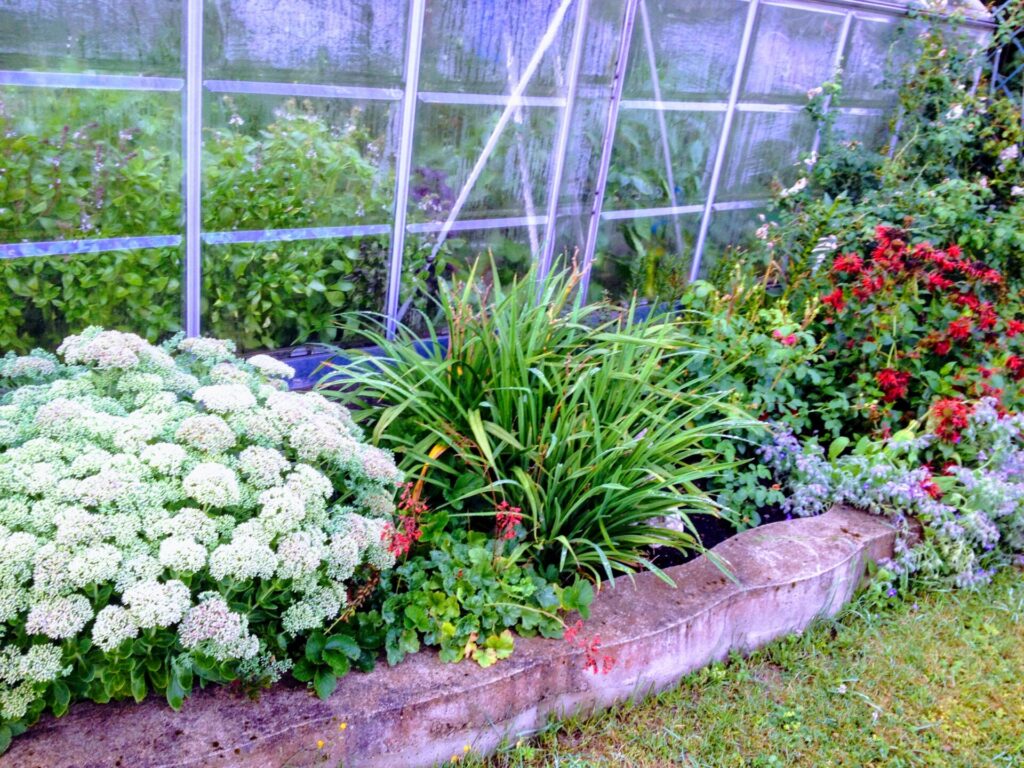
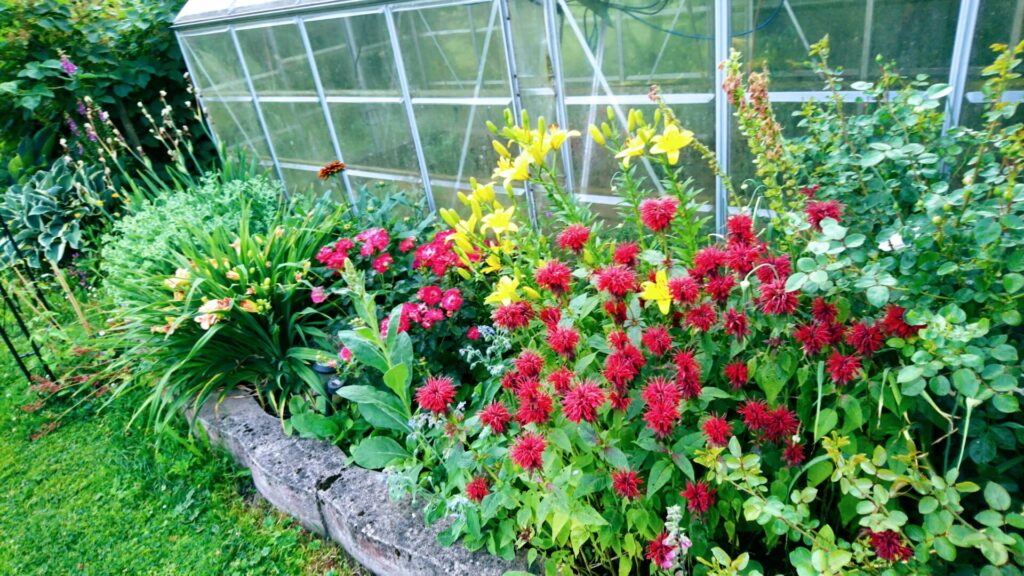
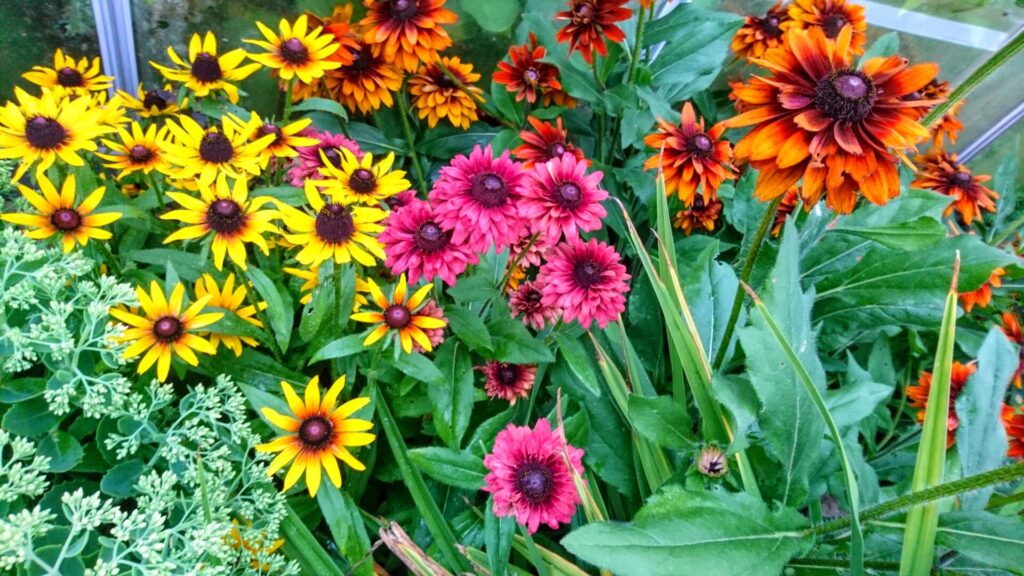
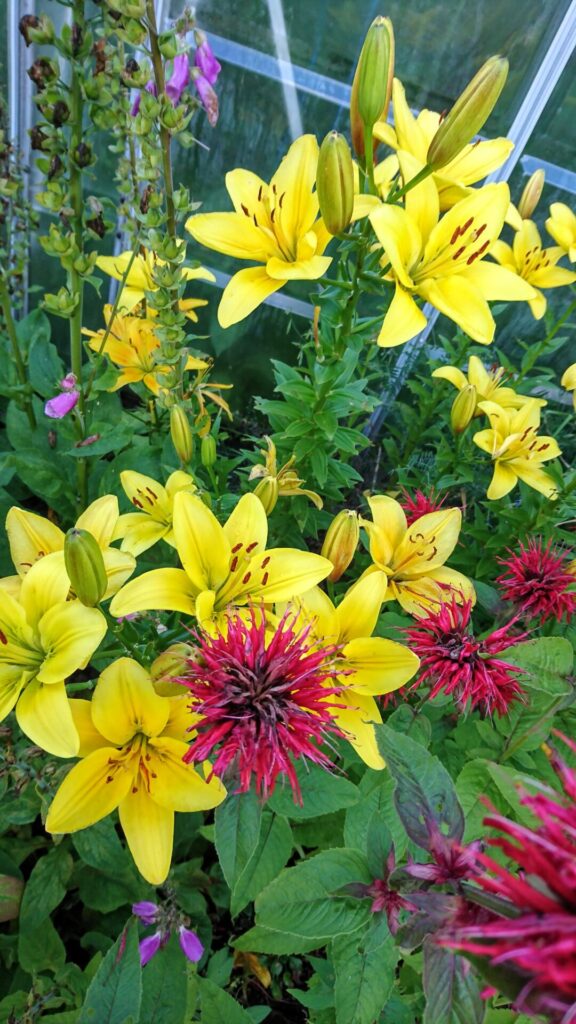
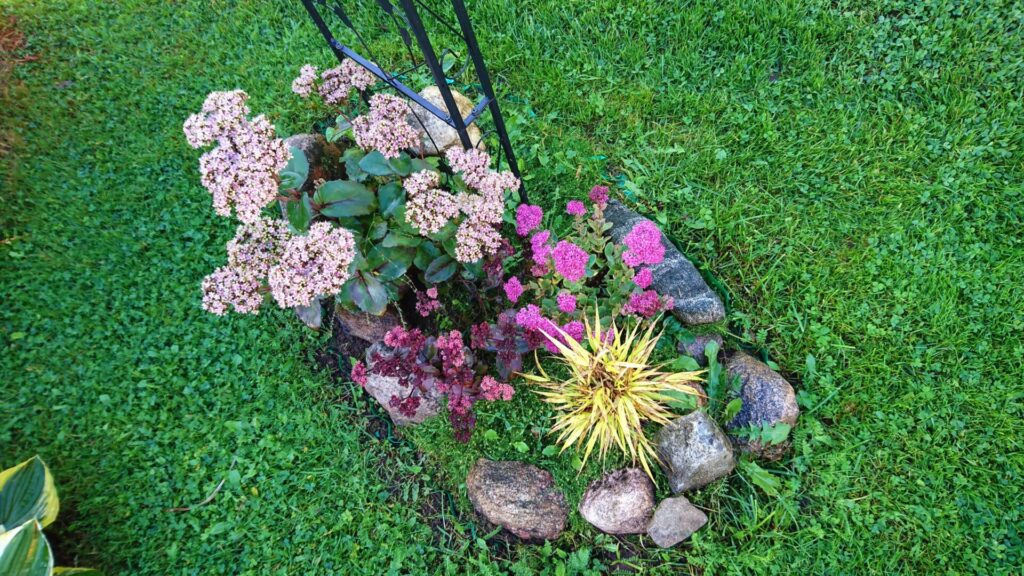
Kukeharjad Star Dust ja Herbstfreude on istutatud 2020 püsikupeenrasse.
Sedums Star Dust and Herbstfreude are planted in the 2020 permanent bed.
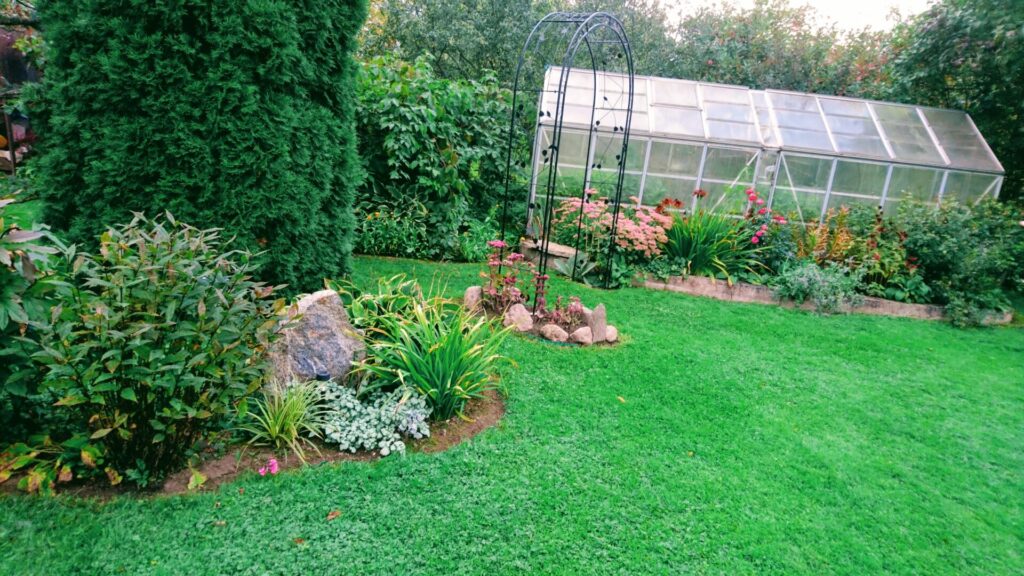
Viimasel pildil on kivi ees näha veel üks väga tänuväärne pinnakatja: täpiline iminõges Red Nancy (2021). Täpilisi iminõgeseid on mööda aeda laiali erinevaid: White Nancy (2021) maja varjus, Beacon Silver (2020) varjuaias, kadakate juures ja tiigi ääres. Kasvavad erinevates valgustingimustes, kuiva eriti ei armasta, aga saavad hakkama, eriti kui läheduses on suuremaid kive, mis niiskust aitavad hoida. Pildil olev kollasekirju kõrreline on jaapani tarn Aureovariegata. Kõrrelised avastasin enda jaoks alles hiljaaegu, kuigi teravaõieline kastik Overdam kasvab meie aias juba 2007. aastast ja ka hall aruhein ning kõrge raikaerik Variegatum on juba aastaid kiviktaimlas elanud.
In the last picture, another very appreciable ground cover can be seen in front of the stone: the spotted henbit Red Nancy (2021). Spotted henbits are scattered throughout the garden: White Nancy (2021) in the shade of the house, Beacon Silver (2020) in the shade garden, by the junipers and by the pond. They grow in different lighting conditions, they don’t particularly like dry conditions, but they can handle it, especially if there are larger stones nearby that help retain moisture. The yellow-spotted grass in the picture is the Japanese sedge Aureovariegata. I discovered grasses for myself only recently, although the feather reed grass Overdam has been growing in our garden since 2007, and also gray fescue and bulbous oat grass Variegatum have been living in the rock garden for years.
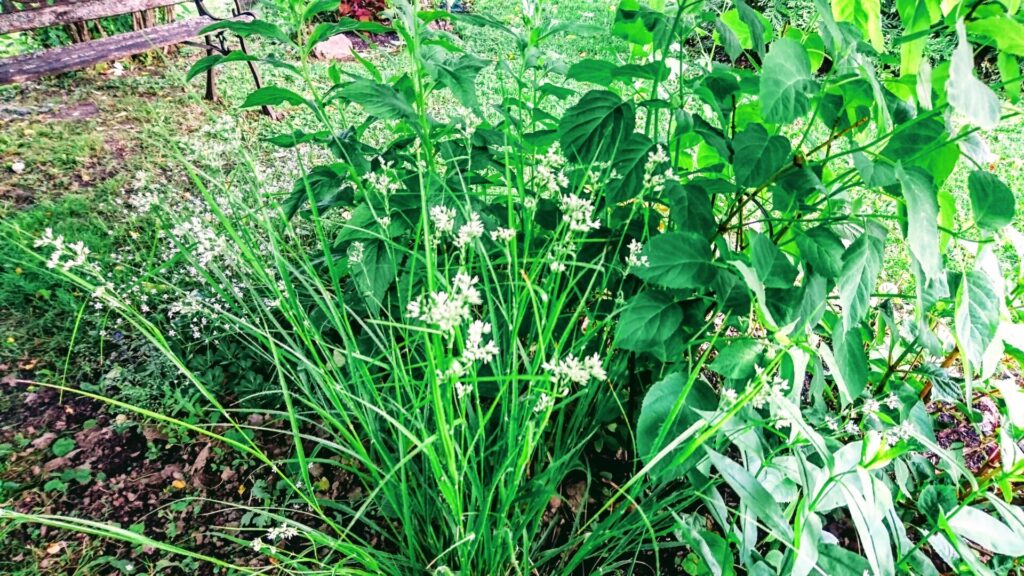
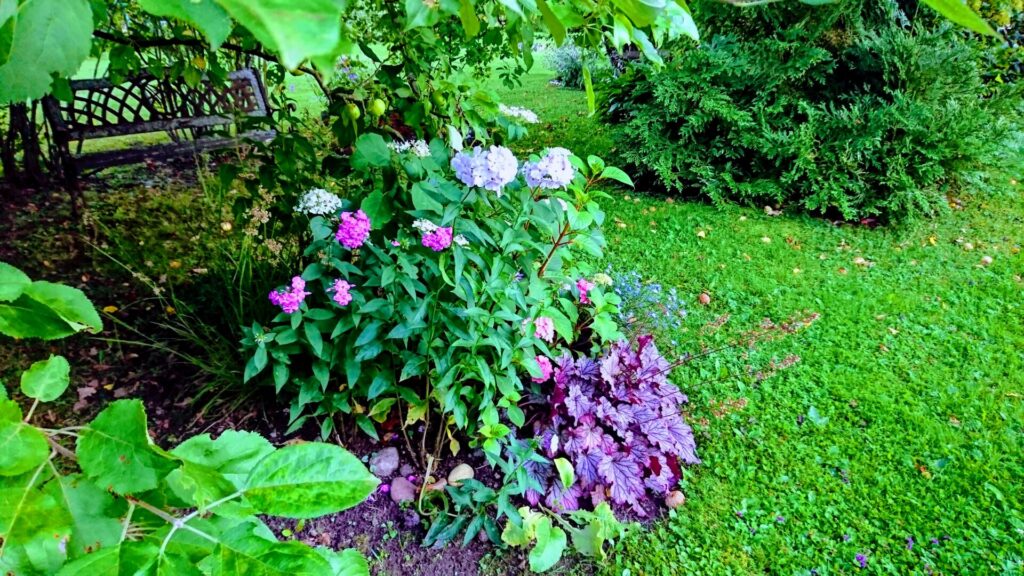
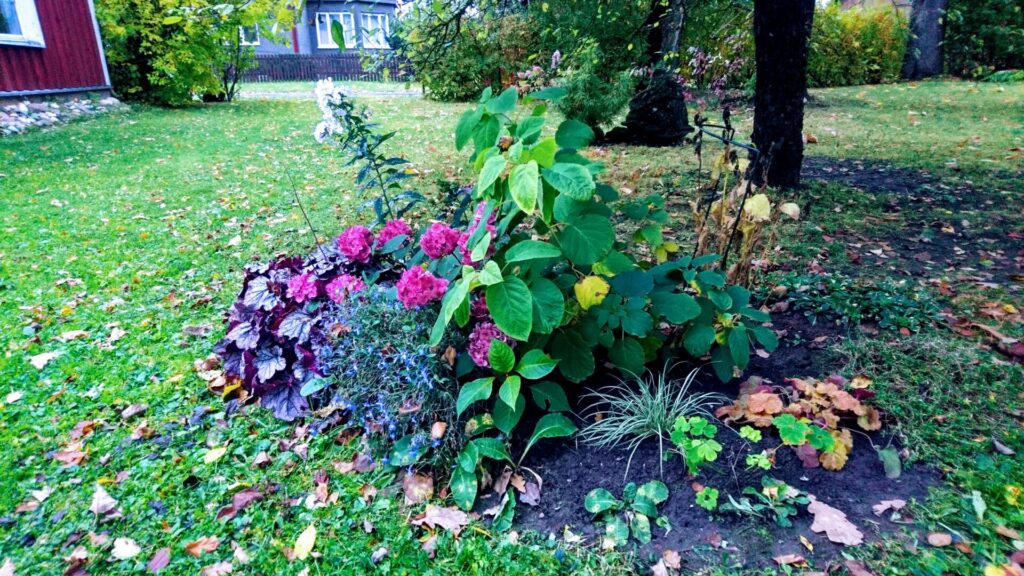
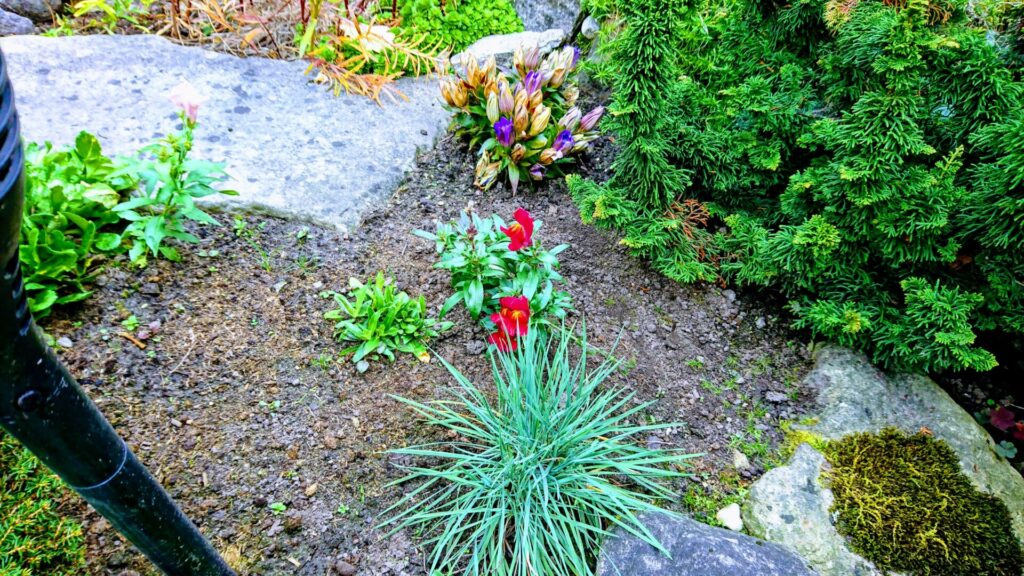
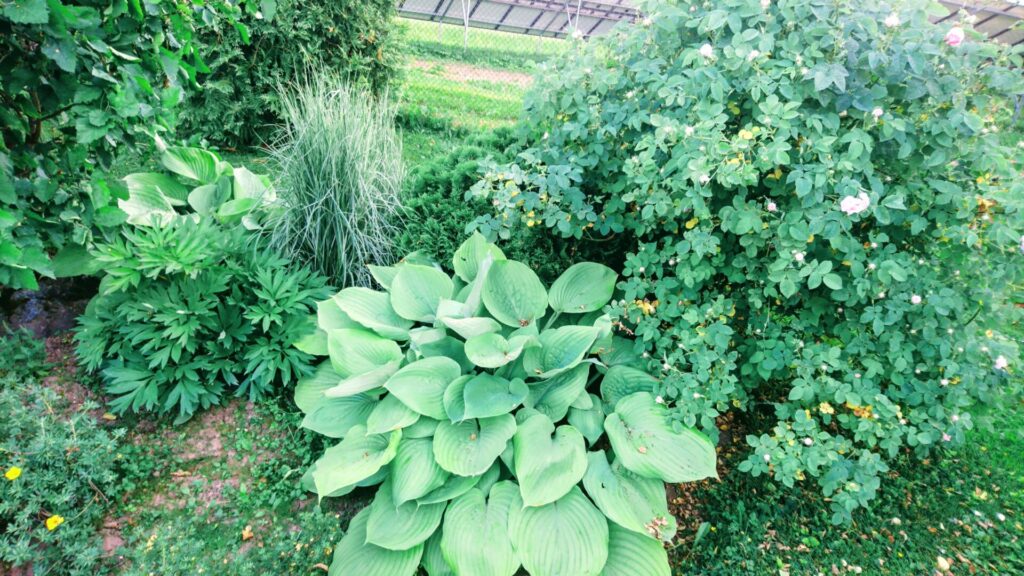
Kuivades kohtades katab suht kiiresti pinda ja levib hästi kassikäpp Rubra.
In dry places, catsfoot Rubra covers the surface quite quickly and spreads well.
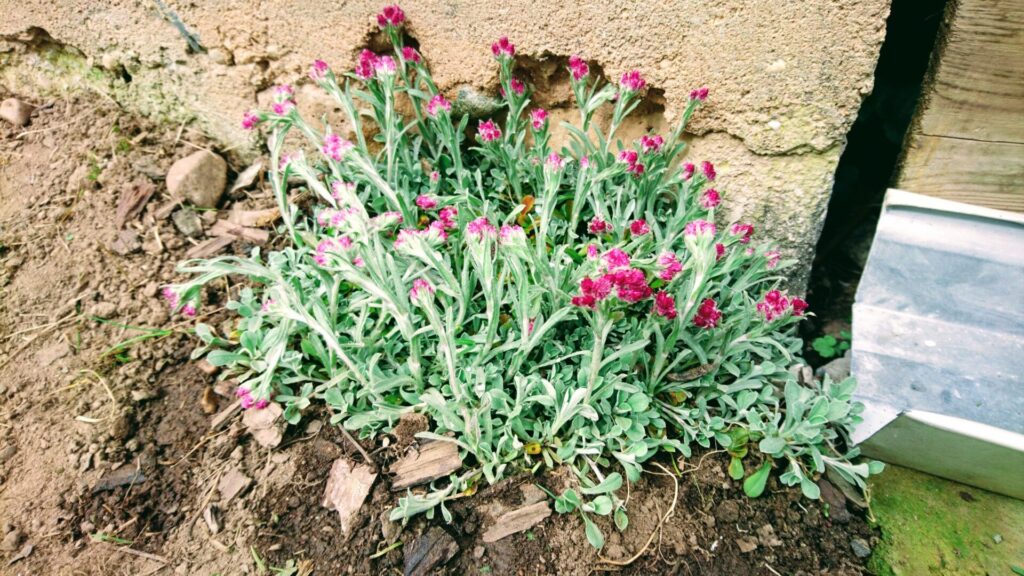

Suve jooksul leiab aias ringi kõndides erinevatel aegadel erinevaid õisi ja ilmselgelt pole kõik ka pildile jäänud.
During the summer, walking around the garden, you will find different flowers at different times, and obviously not everything is captured in the picture.
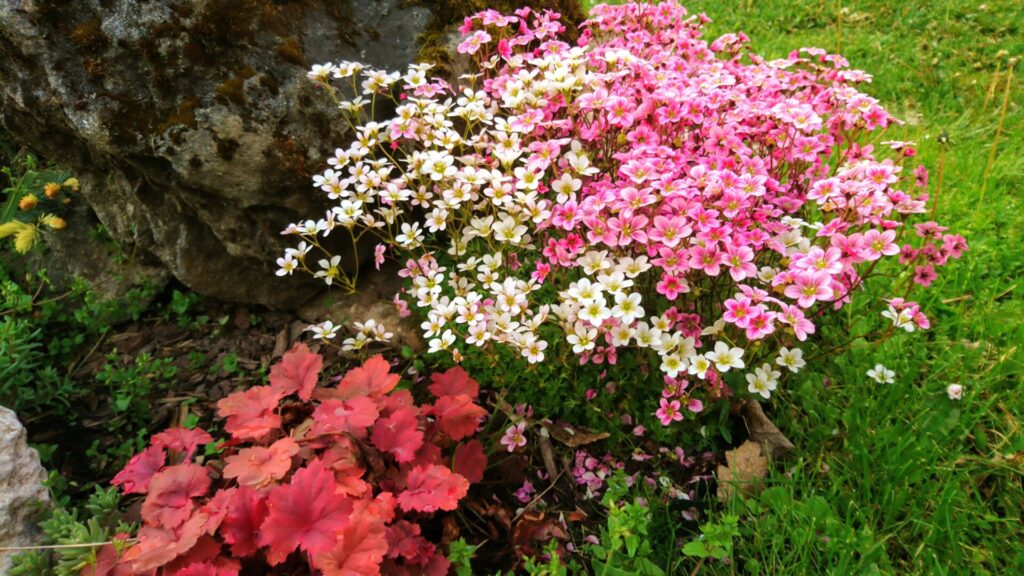
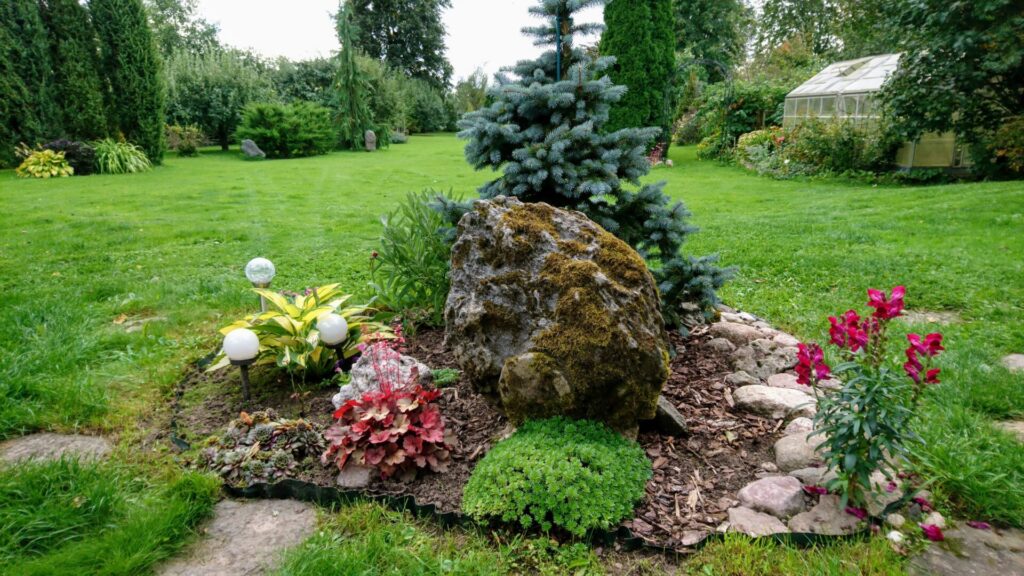
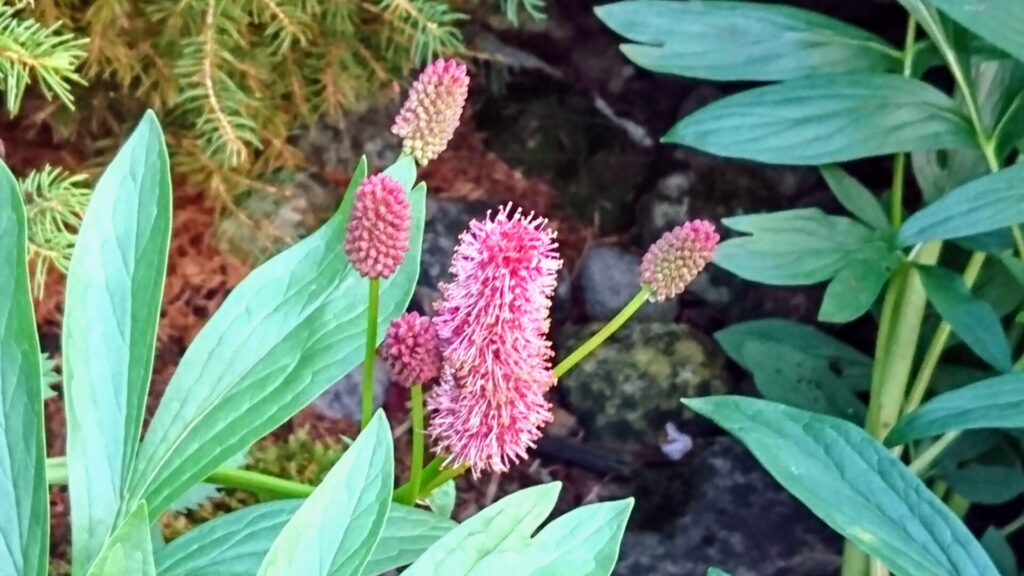
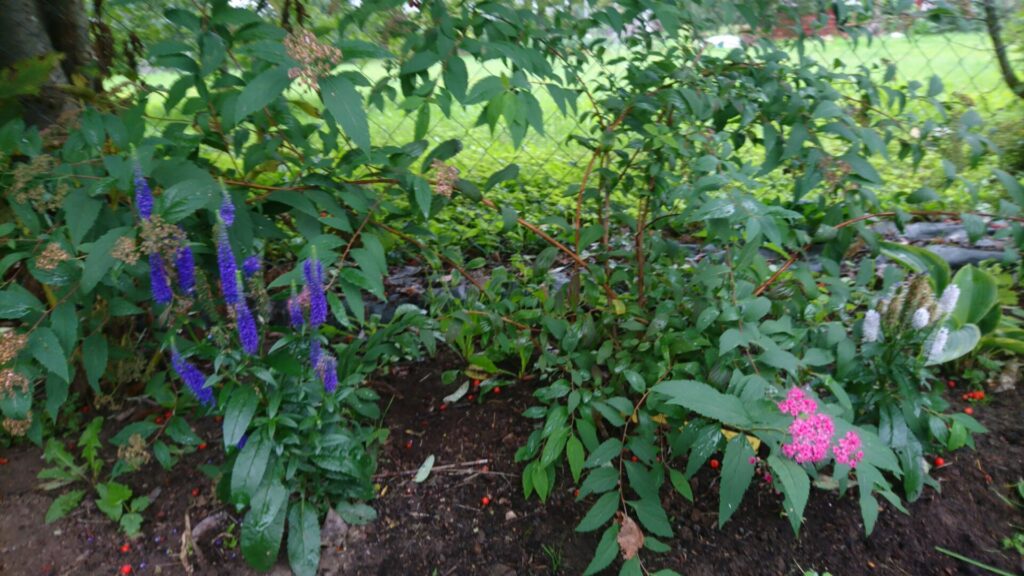
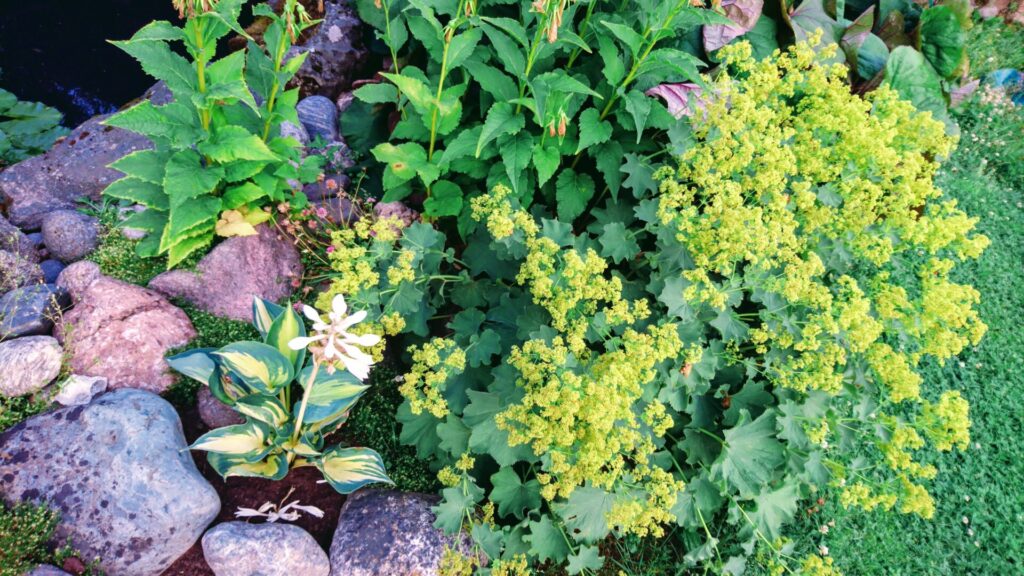
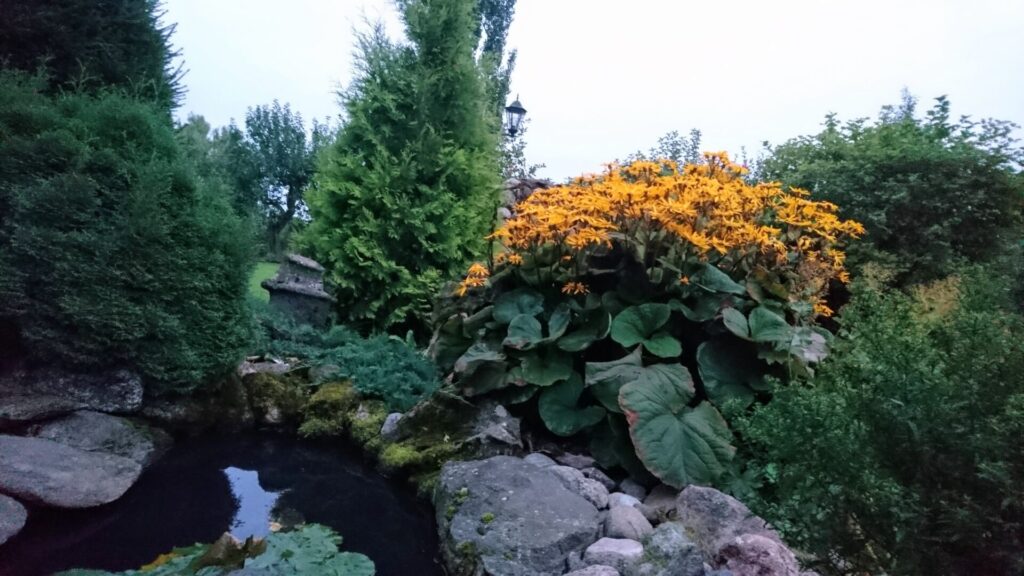
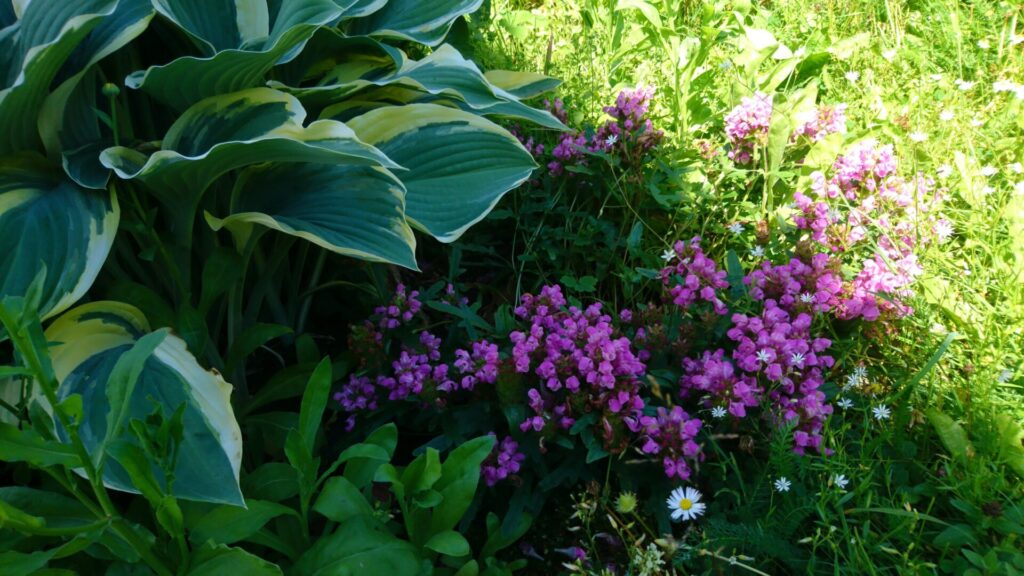
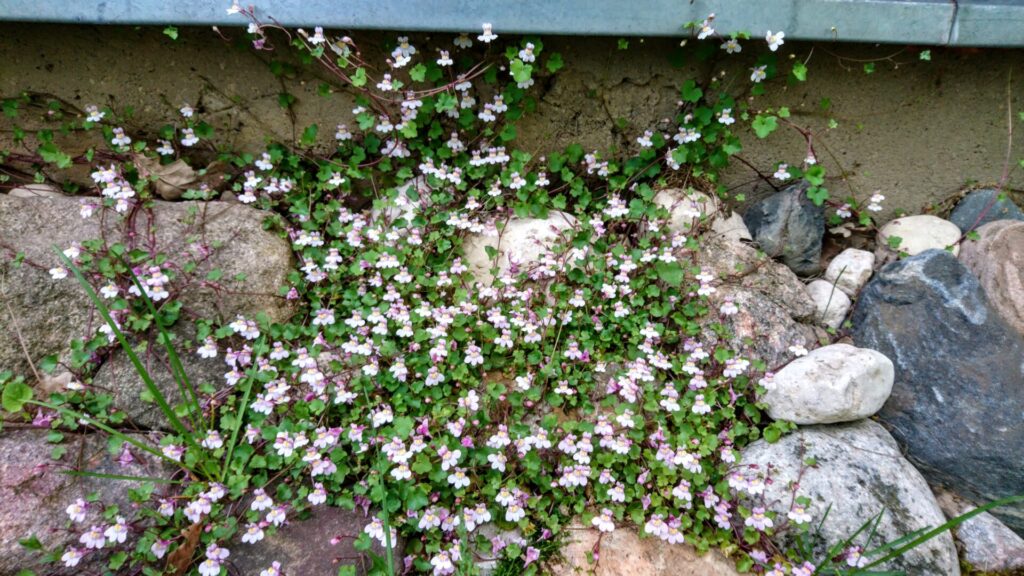

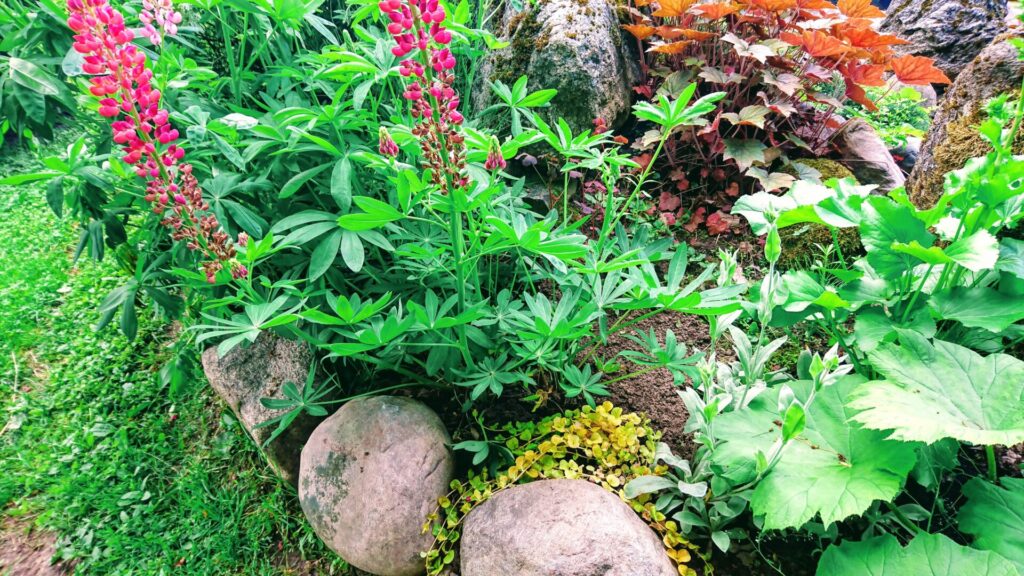
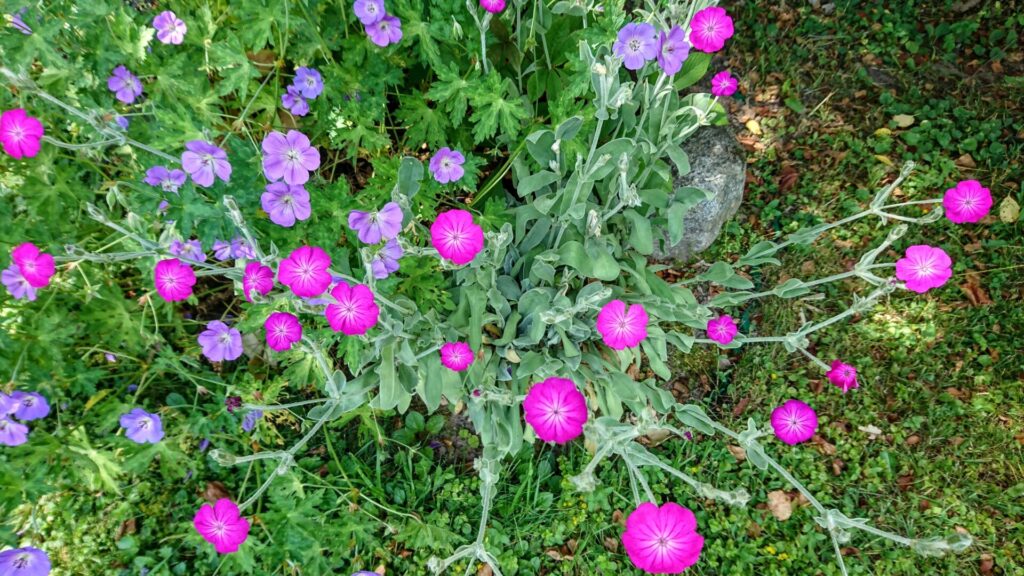

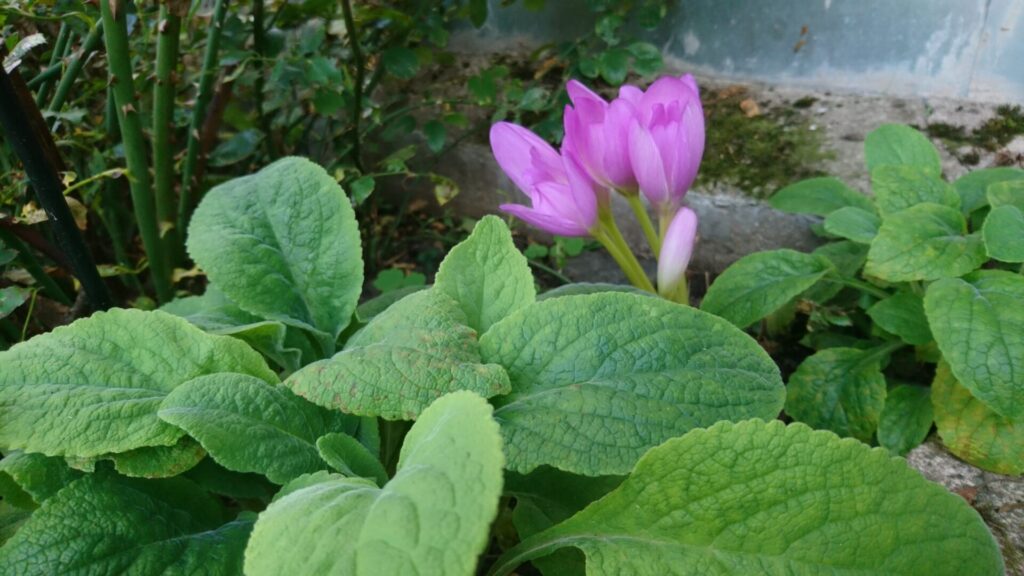
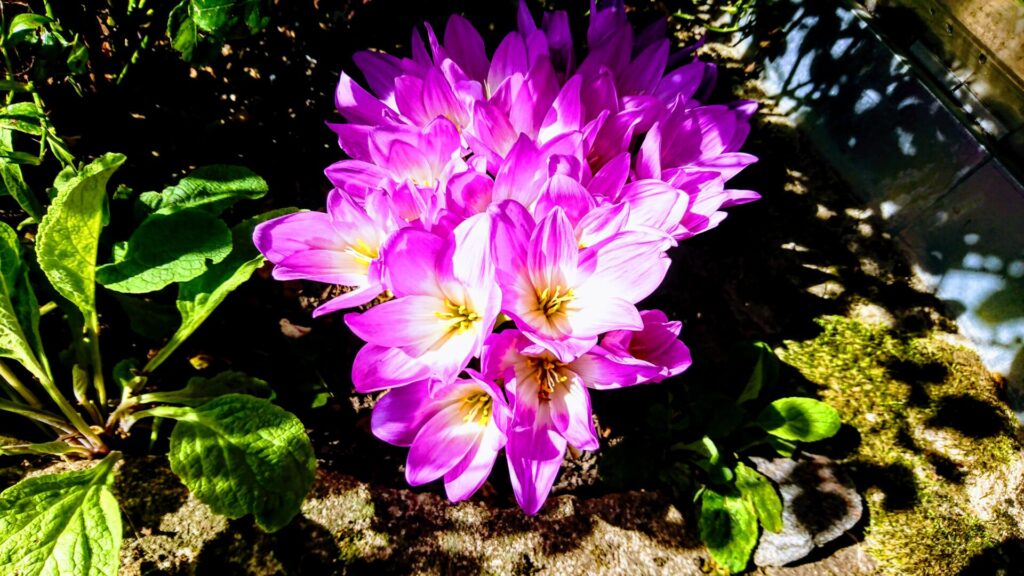
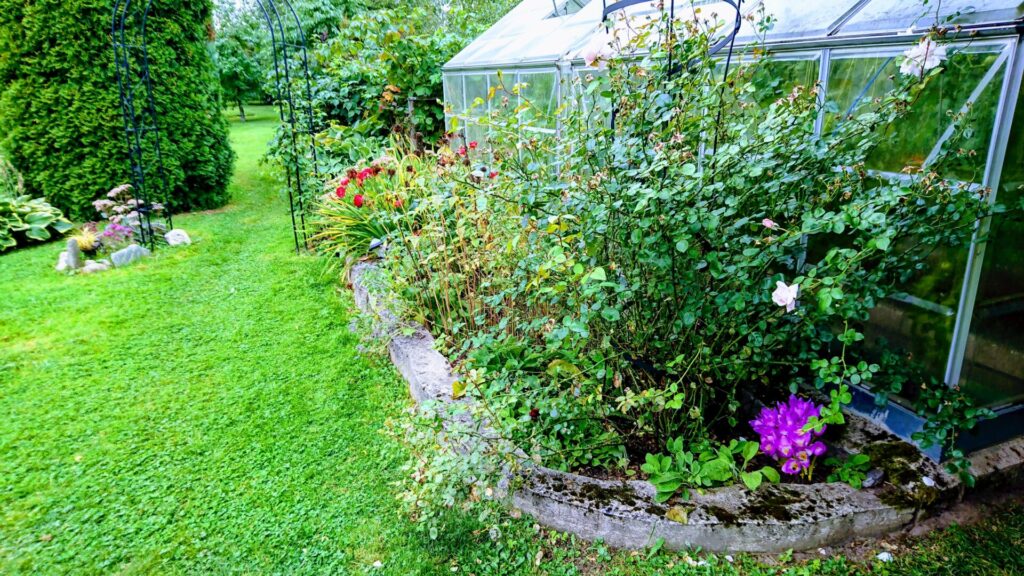
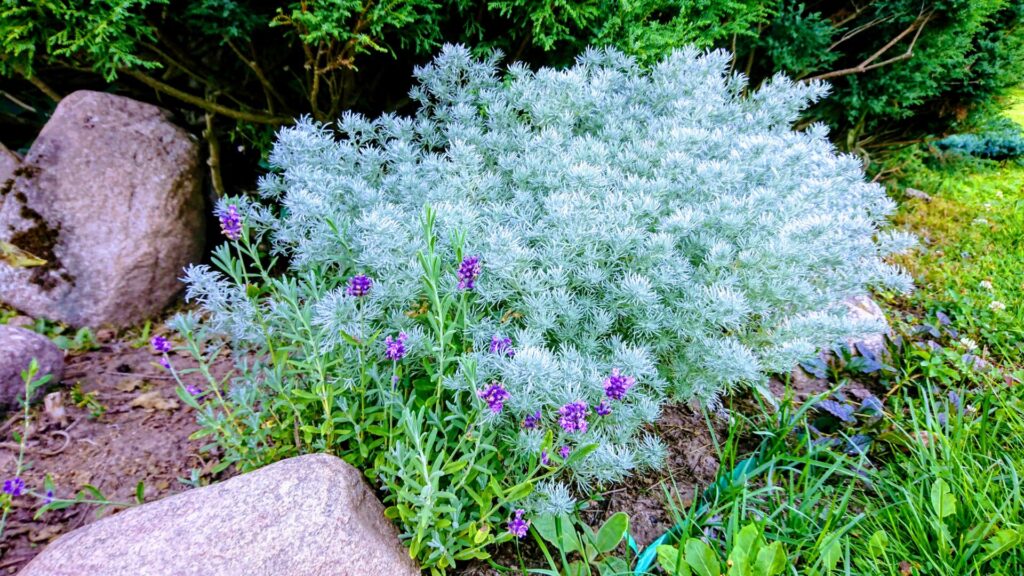
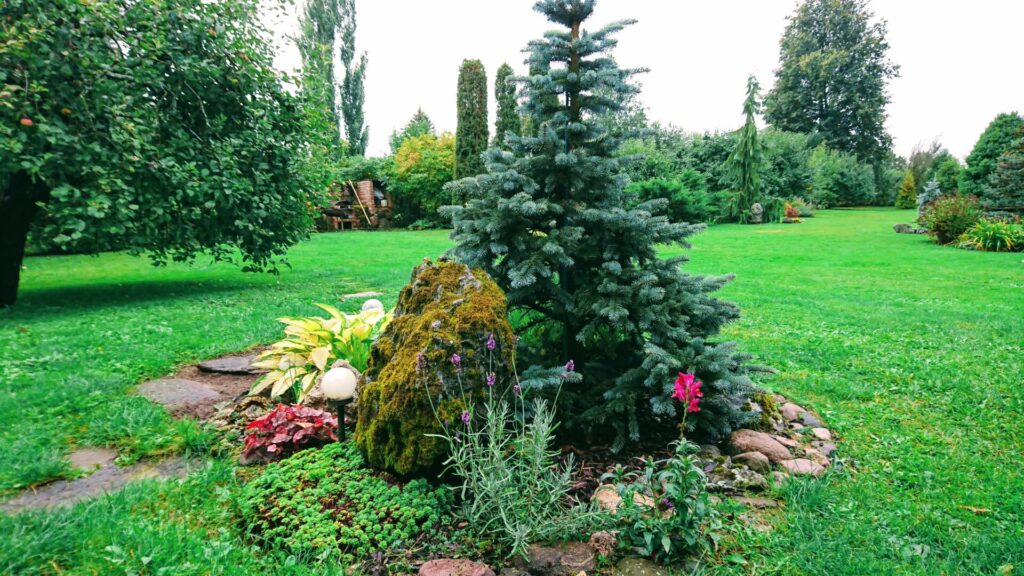
Püsililledest on juttu ka postitustes varjuaed, kiviktaimla, püsikupeenar, hostad, tiigilugu, roosivõhiku roosid, kevadised õitsejad ja ka siin.
Perennials are also discussed in the posts Shade garden, Rock garden, Perennials bed, Hostas, Pond story, Rose-layman’s roses, Spring bloomers and also here.
